ARCHIVE
Tilak and Agarkar were close associates in their younger days. Born into the brahmanical class, they both studied together in Pune. In those days, Western education was a means to acquire a job in the British colonial bureaucracy, albeit at a lower level. But Tilak and Agarkar vowed not to work for the British government in India in any capacity. Instead, they decided to dedicate their lives to nation building. One way to do this was through education and raising public awareness through the press. Hence, along with another elite Brahman, Vishnushastri Chiplunkar, they started a ‘New English High School’ and two newspapers Kesari in Marathi and Maratha in English in 1881. Agarkar became the editor of Kesari and Tilak that of Maratha. Though working together, they were each of a different bent of mind from the other. Tilak’s father was a teacher of Sanskrit, and he himself had considerable mastery over it. Along with formidable Sanskrit, he acquired considerable mastery over the Hindu scriptures. This inculcated in him, some degree of pride in the Hindu Brahmanical tradition. He felt strongly about the political domination of India by an alien power and was among the pioneers to publicly express strong views against it. He objected to any British interference in reforming Hindu society. He took a position that Indian society should be reformed by Indians themselves, and not by an alien power. He maintained that, though politically defeated, the Hindus have superior traditions, and this gave them an independent identity under British imperial domination. Tilak personified this identity and associated it with the bigger concept of Swarajya. His painstaking efforts in organizing people through popular Ganesh Puja and Shivaji Jayanti are well known. This is an example of what Partha Chatterjee has called the ‘inner domain of sovereignty’, whereby anti-colonial nationalism creates an independent space within the colonial society to organize and launch its struggle against imperial domination.

The Maratha, edited by Tilak
Agarkar on the other hand, was influenced by Western intellectual tradition. His sarcastic criticism of Hinduism reflects Gibbon’s comments on Christianity in his The History of the Decline and Fall of the Roman Empire; Agarkar was also impressed by the democratic tradition of the west and had no hesitation in taking help from the British administration in introducing reforms in India. Fired by patriotism, they both managed to work together in spite of the attitudinal differences and also faced imprisonment together in British jails.
He (Tilak) objected to any British interference in reforming Hindu society. He took a position that Indian society should be reformed by Indians themselves, and not by an alien power… Agarkar on the other hand, was influenced by Western intellectual tradition. His sarcastic criticism of Hinduism reflects Gibbon’s comments on Christianity in his The History of the Decline and Fall of the Roman Empire… Fired by patriotism, they both managed to work together in spite of the attitudinal differences and also faced imprisonment together in British jails.
The Appearance of a Crack
The differences between them started surfacing at the functioning of the New English High School, which they were running with great enthusiasm. Agarkar requested a salary raise in a meeting, but Tilak opposed it. Tilak was relatively affluent, and Agarkar was mostly dependent on his salary. Tilak accused Agarkar of deviating from the noble mission. Agarkar reacted by calling Tilak ‘obstinate’ in claiming a moral high ground. Tilak did not like Agarkar’s sarcasm about Hinduism in Kesari. Agarkar on the other hand was uneasy with Tilak’s aggressive criticism of the British government and some prominent people like Ranade. These differences finally led to Agarkar resigning from the Kesari and starting his newspaper Sudharak in 1887. Now it was an open war of words between the two, with Sudharak on the one hand and Kesari and Maratha on the other.

Kesari, which Agarkar edited, then resigned from
Tradition Vs Modernity
Tilak believed that the masses in India hav lost their self-confidence under the oppressive British colonial rule. The need of the hour therefore is to unite and work towards taking political power from the alien hands. At a time when the anti-colonial political mobilization is underway, social reforms will shift the focus from the main goal of national liberation. Accordingly, divided opinions about social reforms would only suit British machination to further divide the Hindu society. Tilak argued further, that the Indian masses are attached to their age-old traditions. Its violent criticism will lead to Tejobhanga, i.e. loss of spirit.
Sudharak of Agarkar became the mouthpiece of those who were in favor of prioritizing social reforms. They took a general stand that before asking for a democratic form of government in the public sphere, there should be democracy within the house. If we treat our women as slaves and have an oppressive caste hierarchy, we have no right to ask for equality. This aspect was exposed in great detail by Tarabai Sindhe in her trenchant critique of Hindu patriarchy. Tilak on the other hand, rejected the assumption of Indian women being treated as slaves. As stated earlier, he accepted the need for social reforms, but maintained that it should come from within and not be superimposed by the alien government. Tilak also claimed that the British are deliberately pointing out the shortcomings of Hindu society to justify their imperial domination. He accused the Sudharak, stating that, by aggressively criticizing Hindu tradition, they were playing into the hands of the British. Some of the supporters of Sudharak like Ranade, were in fact in the British service. Pointing this out, Tilak claimed that such people will not state anything that will antagonize their colonial masters. He was of the opinion that, if the British are allowed to interfere in social matters, very soon they will also start interfering in other things, such as ritual observances and practices. Hence, this encouragement of social reformers by the British is a deliberate plan to divert the attention of Indian people from core political issues raised by the national movement. Sudharak’s unwillingness to understand this, caused Tilak a great deal of anguish.
Tilak and Agarkar both focused primarily on urban society. A vast majority of the non-Hindu and rural women remained outside the purview of the Tilak-Agarkar debate. This also applies to their views on social reforms in general. Hence, their approach remained restricted and marginal, and could not really go deeper into the Indian social system.
Tilak and Agarkar both focused primarily on urban society. A vast majority of the non-Hindu and rural women remained outside the purview of the Tilak-Agarkar debate.
Tilak repeatedly stated that he is not against social reforms per se. But it should not be a top priority of the Indian struggle. When Sudharak took up a stand against the tonsuring of Brahmin widows, Tilak reacted by stating that stopping the practice is not going to have any substantial effect on Indian society. Agarkar on the other hand was deeply concerned about women’s issues. As a child, he had seen the suffering of his two widowed aunts. Apart from that, his thoughts were also influenced by J.S. Mill’s Subjection of Women, which states that the standard of a given society is indicated by the position of women.
Tilak was more focused on the use of political power to undertake social reforms. He maintained that, so long as political power was in the hands of alien rulers, no serious reforms can be undertaken. Therefore, priority should be given to acquiring political power, and social reforms would come gradually. He gave an example of Parshuram Bhau Patwardhan, the Brahmin ruler of small principalities, who tried to arrange the marriage of his widowed daughter and sought scriptural support for it. However, he was dissuaded by the orthodox Brahmins. And Parshuram Bhau was unable to get his widowed daughter married. Here, the weakness of Tilak’s approach was exposed.
Agarkar on the other had tried to rationalize that social reforms can be best achieved under British rule, as the white colonial masters were immune from public opinion. If the rulers are indigenous, they will only initiate those reforms which will support their power structure.
Agarkar… tried to rationalize that social reforms can be best achieved under British rule, as the white colonial masters were immune from public opinion. If the rulers are indigenous, they will only initiate those reforms which will support their power structure.

Mahadev Govind Ranade
A case of Rukhmabai in 1886 proved the difference of opinion between them. Rukhmabai was married at a very young age. But after attaining maturity, she refused to accept the marriage as it was done without her consent. The case went to court. Tilak supported the right of the husband over her, and Agarkar and Ranade stood beside Rukhmabai. The high court finally ruled in favor of the husband.
In order to prove their point, sometimes both the parties lost decorum. Pointing out the weakness of twenty-five crore Indians, who are ruled by one lac Europeans, Agarkar called the natives ‘Shudra Jantu,’ i.e. insignificant insects. No wonder Tilak, being proud of the Indian heritage, reacted sharply.
Age of Consent Bill, 1891
Marriages of young girls were common practice in those days. The young girls were very often at high risk of early pregnancy and sometimes even death. There was a demand from certain sections of progressive Indians to enact a law to prevent this. In 1889 a ten-year-old girl named Phulmoni Dasi died due to a brutal rape by her thirty-five-year-old husband Hari Mohan Maitee in Bengal Province. As he was married to her, rape charges could not be proved. But he was found guilty of causing death due to negligence. This episode was a catalyst that led to the enactment of the law called ‘Age of Consent Act, 1891’ by the Governor-General and his council. It made sexual intercourse with a girl less than twelve years of age a criminal offence.
Sudharak welcomed this initiative. But Tilak, characteristic of his dislike for British intervention in socio-religious matters, opposed the legislation. It is surprising that he was not moved by the death of an eleven-year old girl. Was he insensitive towards the unspeakable sufferings of the young girls who were married to grown up men? Did he personify the orthodox Brahmanical patriarchal attitude of treating women as less than human beings? Are women expected to suffer and, if necessary, die without a whimper to uphold the tradition that is determined by patriarchy? Tilak was present in the Calcutta session of the Indian National Congress in 1890. Had he not heard about the Phulmoni’s case which happened just a year back in Bengal? Was the matter discussed among the Congress delegates? Was the Congress leadership so insensitive to the women’s plight? All these questions remained unanswered.
In 1889 a ten-year-old girl named Phulmoni Dasi died due to a brutal rape by her thirty-five-year-old husband Hari Mohan Maitee in Bengal Province. As he was married to her, rape charges could not be proved. But he was found guilty of causing death due to negligence. This episode was a catalyst that led to the enactment of the law called ‘Age of Consent Act, 1891’ by the Governor-General and his council.
Marriage for a Hindu, is considered a sacred act. Hence, it was easier for Tilak to mobilize public support against the legislation. It is stated that many women were also opposed to the ‘Age of Consent Act’. Gayatri Spivak in her essay, Can the Subaltern Speak? narrates that the women became so psychologically imprisoned by the patriarchal narrative/indoctrination that they also adopt the language that suits patriarchy. The hegemony makes women the victim of ‘Stockholm Syndrome’, where the prisoners of the system start loving their own tormentors as they see no escape from the shackle. This can also be described as a situation of ‘hegemony with consent,’ from Gramsci’s perspective.
Though Tilak opposed the legislation, he educated his daughter and arranged her marriage at the age of fifteen. Thus by action, he showed that he is not opposed to social reforms as such. He only emphasized that it has to come gradually and, also, from within the society.
Who was the People’s Leader?
If we look at the relative support that these two different groups received, we have evidence to suggest that Tilak understood the pulse of the masses better than ‘Sudharaks’ (reformers). His support base suggests that the people in general were more receptive to prioritizing national liberation/Swaraj over social reforms. His strong criticism of Sudharaks made them so unpopular in Pune that people took out a funeral procession of the effigy of Sudharak, from in front of Agarkar’s residence, and burnt it.
Tilak deliberately stated what appealed to the people. He confessed to his daughter that he approved of the reforms the Sudharaks wanted to initiate, but couldn’t say it in public, for the fear of losing popular support. Was he a clever politician? Should a true leader not state what he sincerely believes to be good for the society, even if it means an erosion of popularity? Or should he understand the pulse of the masses and state only those things that appeal to people? Or try to maintain a balance between two extremities? Tilak believed that if he plunged into reforming the society, he would not be able to arouse the masses against colonial domination, which was his main mission. As he boldly stated, “Swarajya is my birthright and I shall have it.”

Pandita Ramabai
Turning things around, Agarkar accused Tilak of an addiction to popularity even though agreeing with social reforms in his private thoughts. The Agarkar-Tilak debate sometimes degenerated into personal attacks. For example, when Tilak had tea and biscuits in a Christian mission, it was highlighted by Agarkar in his newspaper with the intention of projecting Tilak as a hypocrite who claims to be a leader of the traditional Hindus and, yet, has no hesitation in accepting food from the missionaries. Later he also alleged that Tilak was eating rice from the hands of a Muslim. Enraged, Tilak was preparing to file a case against this ‘defamation’ but, with the intervention of Ranade, the matter was settled. Nevertheless, when Pandita Ramabai launched a lifelong struggle against Hindu caste system and brahmanical patriarchy and eventually converted to Christianity to emancipate herself, every one of the nationalist and social reformers turned against her. She was completely marginalized and even erased from the collective consciousness.
When Tilak had tea and biscuits in a Christian mission, it was highlighted by Agarkar in his newspaper with the intention of projecting Tilak as a hypocrite who claims to be a leader of the traditional Hindus and, yet, has no hesitation in accepting food from the missionaries.
The obstinacy of Tilak is well known. Once he decided on a position, he did not budge from it. He displayed a remarkable capacity for work. Nevertheless, he lacked the modesty to consider anyone else his equal. Oftentimes, his stubbornness proved to be resolute. On the issue of having tea and biscuits with the missionaries, he faced social ostracism bravely and refused to submit to extreme orthodoxy. Ranade, a well-known Sudharak, also had tea in the Christian mission, but submitted to the dictates of religious orthodoxy by undertaking Prayascitta (penance) ordered by Shankaracharya.
So, the difference in social attitude and political outlook was stark. A popular Marathi proverb, “moden pan vaknar nahi” (I will break but will not bend), probably suits Tilak because, in his zeal for ‘Swaraj’, he could not overcome the prejudices and practices of the caste system.
However, it seems that these obstinate, uncompromising traces of his personality added some ‘masculine’, rustic charm and appealed to people who were looking for a ‘strong’ leader who had the courage to stand against the might of the British empire.
While criticizing Tilak, the Sudharaks also did not follow in their personal life what they preached in public. Ranade’s submission to Shankaracharya is already mentioned above. He was one of the leading luminaries of the movement for widow’s remarriage. But on the death of his first wife, he married a child bride instead of a widow. Telang, though he opposed child marriage, got his own daughter married at the age of eight. Agarkar did not object to these discrepancies in thought and practice. Tilak did not miss any opportunity to point out this double standard of Sudharaks and called them ‘sign boards’, who show the way to others, but do not themselves traverse it. Ideological differences blended with ego and turned the situation between these two stalwarts into long drawn conflicts.
Visible contradictions in the practice and preaching of both Tilak and Agarkar made them both relevant and irrelevant during their times and beyond.
The Sudharaks also did not follow in their personal life what they preached in public. Ranade’s submission to Shankaracharya is already mentioned above. He was one of the leading luminaries of the movement for widow’s remarriage. But on the death of his first wife, he married a child bride instead of a widow. Telang, though he opposed child marriage, got his own daughter married at the age of eight.
It seems that Agarkar came around to the opinion of Tilak in the later stages of his life. In an article written three years before his death, Agarkar also accepted that political reforms should be given priority over social ones. But his dislike for Tilak did not subside. In his last days, Agarkar was bed ridden. Tilak visited him. According to C.G. Devdhar, a close associate of Agarkar, the latter was not very comfortable with Tilak’s visit and wished him to go away. But according to a version provided by Agarkar’s wife, Yashodabai, Agarkar was relieved that the bitterness between him and Tilak was resolved before he finally shut his eyes.
Agarkar appears to be a rather lonely figure, who lived a life of poverty. As he departed from Tilak, the latter’s popularity graph soared. Ranade became a judge and went to Bombay. Gokhale also became well known. It was only Agarkar, who appears to be lonely and led a life of deprivation. It is said that after his death, a small amount of money was found in his home tied in a paper, on which it was mentioned that this money was kept for his funeral. Agarkar’s life appears to be like a lonely mountain, that had burnt its own trees and deprived itself of shade. Agarkar’s wife says that her husband had never thought about himself, but about others. But sadly, his work was not valued in his lifetime.
Vishram Bedekar’s drama ‘Tilak ani Agarkar’ is a very well researched piece of creative writing. The concluding scene of this drama portrays Agarkar’s death, where Tilak is present. We hear a cry of a newly born girl in the background and Tilak says, “The girls born in Maharashtra do not have to cry so much now, because Agarkar was born here.”
The concluding scene of this drama portrays Agarkar’s death, where Tilak is present. We hear a cry of a newly born girl in the background and Tilak says, “The girls born in Maharashtra do not have to cry so much now, because Agarkar was born here.”
Conclusion
Looked at from one angle, the Tilak-Agarkar debate depicts the coming of age of Indian nationalism and also the confidence to tackle social issues independently, and mobilize the masses against British colonial rule. But from a critical angle, this debate was not really relevant for the vast majority of rural and working women of the Hindu community. It also did not do anything for the tribals. It completely ignored and alienated non-Hindus, i.e., Muslims, Christians, tribal communities and others. They formed a substantial proportion of the population in the country.
From a critical angle, this debate was not really relevant for the vast majority of rural and working women of the Hindu community. It also did not do anything for the tribals. It completely ignored and alienated non-Hindus, i.e., Muslims, Christians, tribal communities and others.
So, the debate scratched only the very thin surface of Indian society and did not go deep enough to usher in any radical change or social reform. Most importantly, the issue of violence against women was not even addressed. The debate took place within the elite upper caste Hindu social framework. It never challenged the oppressive social system that was presided over by an equally oppressive British colonial rule. The British colonialists, nationalists, and social reformers would try to address women’s issues without actually involving the women themselves in their own emancipation. While Tilak and Agarkar debated endlessly on what should come first, national liberation or social reform, Gandhi tried to show later that both can be undertaken simultaneously.
The British colonialists, nationalists, and social reformers would try to address women’s issues without actually involving the women themselves in their own emancipation.
ARCHIVE
THE BUBONIC PLAGUE & ITS AFTERMATH
The Bubonic Plague came to Bombay in 1896, and spread inland. Authorities conducted surprise checks in people’s homes to find those who may be infected and take them away for quarantine or treatment. Many Indians were afraid of going to hospitals or quarantine camps and did everything they could to prevent this. As noted by Abhinav Chandrachud (advocate and author of Republic of Religion: The Rise and Fall of Colonial Secularism in India, who has studied this period), records indicate that the manner in which such checks were conducted caused great unrest. In Poona, the army was responsible for these checks and was accused of disrespecting the modesty of women, removing and destroying people’s possessions and intruding into kitchens and personal spaces of worship in homes. According to Narasimhan Kelkar (writer and historian from those days), “Either through ignorance or impudence, they would mock, indulge in monkey tricks, talk foolishly, intimidate, touch innocent people, shove them, enter any place without justification, pocket valuable items, etc.”
TWO ARTICLES & WHAT HAPPENED AFTER
It was in such an atmosphere, on the 15th of June, 1897, that Tilak published in the Kesari – a Marathi weekly he ran and edited – two articles, among others.
The articles can be read in the law report linked at the end, from page 112, the second page of the report of the case. They had been translated for the trial by an “oriental translator”, appointed by the government, and so these translations must be read keeping this fact in mind.
The first is in the form of a poem titled ‘Shivaji’s Utterances and signed “Mark of the Bhawani Sword”. In it, Shivaji awakens from his slumber in the heavens (“I was asleep: why then did you, my darlings, awaken me?”) to launch into a fiery tirade at what the British have reduced his countrymen to. It is written, at least partly, in metre, and uses vigorous metaphor (“Foreigners are dragging out Lakshmi violently by the hand by means of persecution”- the word used originally was ‘kara’, which could have meant ‘by hand’ or ‘taxes’, hence pointing to the unfair taxes imposed on Indian earnings). Shivaji goes on to decry the flight of health from the lives of people. Also that: “The wicked Akabaya (misfortune) stalks with famine through the whole country.” The article then takes a few conservative and traditionalist – some may even say reactionary – turns. Shivaji denounces the incarceration of brahmins and the slaughter of cows, turns to the issue of women being assaulted (“opportunities are availed of at railway carriages and women are dragged by the hand” – conceivably referring to plague inspections at railway stations), then again to the mishandling of “royal families”. It ends with rebuking the British for their misrule and reminding them of the time when they were but merchants visiting India: “How have you forgotten that old way of yours, when with scales in hand you used to sell (your goods) in (your) warehouses? (As) my expeditions in that direction were frequent, it was at that time possible (for me) to drive you back to (your own) country. The Hindus, however, being magnanimous by nature, I protected you.” Shivaji then asks the British to return the favour by taking care of his people (“my own children”) and making them “happy”.
The second article is a report on three days of the Shri Shivaji Coronation Festival in Poona, which hosted a gamut of events from readings and philosophical commentary on the Mahabharata to Kirtans to athletic sports, including a Malkhamb display. A good deal of text is devoted to reporting the refutation by scholars during the festival – with presentations of sources, argument and zeal – of a colonial interpretation of Shivaji’s killing of Afzal Khan. Towards the end comes the account of a speech of the president of the festival, Tilak himself, who took the question of the ethicality of Shivaji’s killing of Afzal Khan beyond “historical researches”. “The laws which bind society are for common men like yourself and myself,” he said. “Great men are above the common principles of morality.”
Shortly after, comes the following excerpt from this account of his speech:
“Shrimat Krishna’s advice (teaching) in the Gita is to kill even our teachers (and) our kinsmen. No blame attaches (to any person) if (he) is doing deeds without being actuated by a desire to reap the fruit (of his deeds). Shri Shivaji Maharaja did nothing with a view to fill the void of his own stomach (i.e., from interested motives). With benevolent intentions he murdered Afzulkhan for the good of others. If thieves enter our house and we have not (sufficient) strength in our wrists to drive them out, we should without hesitation shut them up and burn them alive.”
The translator says, in a note, that the text for “burn them alive” could also be translated to mean “oppress or torment them exceedingly”.
There was also this line: “Get out of the Penal Code, enter into the extremely high atmosphere of the Shrimat Bhagavatgita, and (then) consider the actions of great men.”
A week after these articles, the British Plague Commissioner of Pune Walter Rand and his military escort Lieutenant Charles Ayerst were shot by the brothers Damodar and Balkrishna Chapekar. Both Rand and Ayerst died. This was followed by Tilak’s arrest and his trial. The trial took place from September 8th to 11th, and then the 13th and 14th, in the year 1897. The jury comprised six Europeans and three Indians. They took forty minutes to pronounce him guilty, by a vote of six to three. He was sentenced to rigorous imprisonment for eighteen months. Bal, the acting manager and printer of Kesari, was acquitted as the jury did not find him responsible for the actual content of the weekly.
SOCIAL CONSERVATIVE? HINDU NATIONALIST?
The social conservatism inherent in the first article, and in flashes in the second, is reflective of Tilak’s own legacy. Arguably the most popular leader of the Indian freedom struggle before Mohandas Karamchand Gandhi, the latter had called him “the maker of modern India”. But what modern India was this? A scholar, mathematician, philosopher and tireless crusader for education (the New English School and Deccan Education Society, which established the Fergusson College, are among the institutions Tilak founded with friends and colleagues) he opposed the establishment as well as the curriculum of schools and colleges for girls vociferously. He supported widow remarriage but fought back actively on abolishing child marriage and his known stands on caste, untouchability and inter-caste marriage range from shaky to starkly problematic. Foundations of Tilak’s Nationalism: Discrimination, Education and Hindutva is a book that points to these aspects of Tilak’s legacy as well as his support for the then prevalent socio-economic order by, for instance, opposing pro-peasant legislations.
Also, Tilak’s conflation of Hindu religion, culture and symbology (glimpses of which can be seen in both the above articles) with social and political activism (eg. the household Ganesh festival he transformed into a grand public event and a rallying point for the national cause) won him and the freedom movement a vast number of supporters and adherents (as it was to win Gandhi later). But it may have had the effect of alienating many non-Hindus from his political vision of Swadesh and Swaraj.
It is interesting, for instance, that L. P. E. Pugh, the barrister defending Tilak in this trial, is noted to have argued (Page 125 of the report) that there was no suggestion in these articles of opposing the British Government and that, “That could never be attempted except by a combination of Hindus and Mohamedans, and praises of Shivaji were not likely to bring about such a combination.” This is interesting as Tilak was also credited with the founding of the Shivaji Festival in Maharashtra.
Evidence, however, makes us pause and wonder whether Tilak would have been in agreement with Pugh.
For, towards the end of the second article itself, are the following lines from Tilak’s address: “A country which (i.e. a people who) cannot unite even on a few occasions should never hope to prosper. Bickerings about religious and social matters are bound to go on until death; but it is most desirable that on one day out of the 365 we should unite at least in respect of one matter. To be one in connection with Shivaji does not mean that we are completely to forget our other opinions. For quarrelling there are other days of course.”
More to the point, less than a decade after this trial, in 1906, Tilak wrote an essay in The Mahratta (the other newspaper he ran, in English) titled ‘Is Shivaji not a National Hero?’.
It reads: “It is true that the Mahomedans and Hindus were then (during Shivaji’s time) divided; and Shivaji who respected the religious scruples of the Mahomedans had to fight against the Mogul rule that had become unbearable to the people. But does it follow from this that now that the Mahomedans and Hindus are equally shorn of the power they once possessed and are governed by the same laws and rules, they should not agree to accept as a hero one who in his own days took a bold stand against the tyranny of his time.”
Further, Tilak writes towards the end of the essay: “It was only in conformity with the political circumstances of the country at the time that Shivaji was born in Maharashtra. But a future leader may be born anywhere in India and, who knows, may even be a Mahomedan.”
Tilak was also instrumental in the signing of the 1916 Lucknow Pact, seen as a beacon of hope for Hindu-Muslim unity, between the Indian National Congress and the All India Muslim League led by Muhammad Ali Jinnah (who had also defended Tilak in his second sedition trial of 1908).
THAT QUESTION OF VIOLENCE
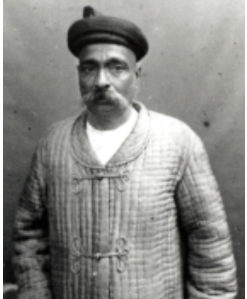
The first of the two articles Tilak was convicted for – ‘Shivaji’s Utterances’ – has lines like: “Could any man have dared to cast an improper glace at the wife of another, a thousand sharp swords (would have) leapt out of (their) scabbards instantly… You eunuchs! How do you brook this? Get that redressed!… How have all these kings become quite effeminate, like those on the chess board!”
The second article is unabashed in its justification of the violence of “great men”.
Sukeshi Kamra in a paper titled ‘Law and Radical Rhetoric in British India: The 1897 Trial of Bal Gangadhar Tilak’ examines these articles and their impact in the courtroom as well as in the press. “Tilak was not found to be involved in acts of physical violence against the government or, indeed, the European community, nor was the connection with revolutionaries of the Bombay Presidency (the Chapekar brothers) proved, by the government’s own admission,” Kamra writes in the paper’s conclusion. “Discursive violence, that too with several layers of mediation separating Tilak from their articulation, was declared sufficient (for the purpose of convicting him) unto the law.”
“Discursive”, meaning ‘of or relating to discourse or modes of discourse’. Tilak – through his interpretation of historical and mythical narratives as well as his commentary on current events – justified the violent acts of Indian revolutionaries. But he did not openly encourage or engage in such acts, nor refrain from condemning them.
For instance, when the Times of India, in 1897, linked the Rand assassination with Tilak’s writing, accusing him of sedition, he responded with a letter to the editor calling the murder a “shocking tragedy at Poona which we all deplore”. But he added: “Still I must state what I honestly believe to be the case, viz., that the unnecessary stringency of the plague measures, and not the writings of the Native Press, are responsible for the feelings of dissatisfaction referred to by you.”
In 1908, Tilak was convicted for sedition again. This time he was sentenced for six years. Again, for two articles— ‘The Country’s Misfortune’ and ‘These Remedies are not Lasting’. Again, in the Kesari. The judgment as well as the translated articles are available here. Broadly speaking, the articles expanded the public gaze, then directed towards the accidental killing of two women by revolutionaries Prafulla Chaki and Khudiram Bose (they had thrown a bomb on a carriage at Muzzafarpur, believe the Chief Presidency Magistrate Douglas Kingsford was in it) to include in its ambit the oppression of the British Government which had led to this act in the first place.
“The bomb-outrages were quickly condemned in my paper as in the Anglo-Indian papers,” Tilak said in his address to the jury at the trial. “We do not hold that bomb throwing is not a criminal act and is not reprehensible. We condemn it. But in condemning it we say that we must also condemn the repressive measures of Government.” Or perhaps Tilak’s views on the violence of his times can be summed up even more succinctly in a phrase from a series of articles he wrote on the arrival of the Bomb on the Indian scene— in an atmosphere of suppression by the government even as the people’s urge for freedom grew, he wrote, “violence, however deplorable, became inevitable”.
This attitude of Tilak’s was reflected in that of the extremist faction of the Indian National Congress that he, along with Lala Lajpat Rai and Bipin Chandra Pal, was a face of. The Extremists believed in education for Indians- free of British government control, agitations, boycotts, strikes, passive resistance, Swadeshi and non-cooperation to demand Swaraj or self-rule. These were radical (at the time) but nevertheless non-violent methods that were also adopted and evolved by Gandhian resistance later.
Finally, more lines from Tilak’s essay on Shivaji being a national hero: “It is not preached nor is it at all to be expected that the methods adopted by Shivaji should be adopted by the present generation… No one ever dreams that every incident in Shivaji’s life is to be copied by any one at present. It is the spirit which actuated Shivaji in his doings that is held forth as the proper ideal to be kept constantly in view by the rising generation.”
STRACHEY: WRITING A DARK HISTORY
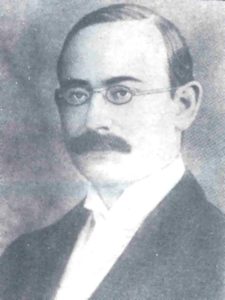
The part of the law report that deals with the judge Sir Arthur Strachey’s interpretation of sedition begins from Page 128. He began by outlining for the jury the dual charges against Tilak, for the two articles in Kesari, according to Section 124A of the Indian Penal Code.
Tilak was charged with:
– not only “having excited feelings of disaffection towards the Government established by law in British India”
– but also “having attempted to excite feelings of disaffection towards the Government established by law in British India”.
Strachey explained: “ …the section places on absolutely the same footing, the successful exciting of feelings of disaffection and the unsuccessful attempt to excite them, so that, if you find either of the prisoners has tried to excite such feelings in others, you must convict him even if there is nothing to show that he succeeded.”
Strachey went on to say (Page 132), “But there is a preliminary question to be considered, and that is, what is the meaning of Section 124A of the Indian Penal Code, and what is the nature of the offence which makes it punishable? That preliminary question is for me to decide. The Code of Criminal Procedure requires you to accept from me the explanation of the section and of the offence—if my explanation is wrong, the responsibility rests on me and me alone… ”
Tedious as those acquainted with how the law works may find our stressing of the above, it cannot be stressed enough. Judges, too, write history. The law often gives them this power. The dark history that Strachey wrote in his interpretation of Section 124A lasted through some of modern India’s most significant decades and continues to pervade our national consciousness today, for it forms the backbone of sedition cases against Indian freedom fighters in these years. This doesn’t take away from the liability of sections like those dealing with sedition of course— a relic of colonialism that continues to thrive in India. But, on the whole, there are few mixes more potent than an oppressive law and an oppressive judge.
Finally, the crux of Strachey’s directions to the jury: his interpretation of the “disaffection” that the accused may be imprisoned for exciting towards the government and how that disaffection may be determined. Here are the key elements, in his own words, followed by our commentary.
– Page 134. The ‘absence’ of affection
“What are feelings of disaffection? I agree with Sir Comer Petheram in the Bangobasi case that disaffection means simply the absence of affection. It means hatred, enmity, dislike, hostility, contempt, and every form of ill-will to the Government. ‘Disloyalty’ is perhaps the best general term, comprehending every possible form of bad feeling to the Government.”
Note: The first assertion was incorrect. Sir Comer Petheram in the Bangobasi case (India’s first sedition case, one which didn’t result in a conviction) said that disaffection meant “a feeling contrary to affection”, not “the absence of affection”. However, he went on to define it like Strachey did: “dislike or hatred”. The problem with this definition has been discussed after the next point, but it’s important to note that, while Strachey corrected himself in the fineprint, his first false assertion – “that disaffection means simply the absence of affection” – had already biased the jury towards a much wider interpretation of disaffection than what existed in even Indian law.
– Page 135. “feelings of enmity” Vs. “mutiny or rebellion”
“The offence consists in exciting or attempting to excite in others certain bad feelings towards the Government. It is not the exciting or attempting to excite mutiny or rebellion, or any sort of actual disturbance, great or small… even if he (the accused) neither excited nor intended to excite any rebellion or outbreak or forcible resistance to the authority of the Government, still if he tried to excite feelings of enmity towards the Government, that is sufficient to make him guilty under the section.”
Note: In England at that time for words to be considered seditious they would have to encourage readers to violently overthrow the Government. But Strachey ignored English law, resorting instead to his own interpretation of the Indian Penal Code, which stretched the meaning of Sedition to merely exciting “feelings of disaffection”; ‘disaffection’ meaning, we reiterate, “the absence of affection”, “hatred”, “enmity”, “contempt” or even simply “dislike” and “every form of ill-will to the Government”.
– From Pages 139 and 140. “the minds of the readers”
“But you may ask, how are we to ascertain whether the intention of the accused was this, that, or the other? How can we tell whether his intention was simply to publish a historical discussion about Shivaji and Afzul Khan, or whether it was to stir up, under that guise, hatred against the Government?… In considering this, you must first ask yourselves what was the natural and probable effect of reading such articles in the minds of the readers of the Kesari, to whom they were addressed? Read these articles, and ask yourselves how the ordinary readers of the Kesari would probably feel when reading them?… If you think that such readers would naturally and probably be excited to entertain feelings of enmity to the Government, then you will be justified in presuming that the accused intended to excite feelings of enmity or disaffection.
Note: In 1949, George Orwell published ‘1984’, a novel about a dystopian future. But, with its themes of mind control, he might as well have been writing about the past. The idea that a jury can know what “the natural and probable effect” of reading every article will be in the mind of a reader is ridiculous. Even more ridiculous is the idea that the accused will know the “natural and probable effect” of every article she writes.
– Page 140. “At a time of agitation and unrest”
“ …I must impress upon you, as perhaps the most important point in my summing up, that you must bear in mind the time, the place, the circumstances and the occasion of the publication… An article which if published at a time of profound peace, prosperity and contentment would excite no bad feeling, might, at a time of agitation and unrest, excite intense hatred to the Government.”
Note: This set a dangerous precedent that haunts us till this day, especially in moments of history such as the one we are passing through now: the fear that, in times of “agitation and unrest”, a judge may be instrumental in taking away essential freedoms. Also, in taking them away such that they remain taken, even after such times have passed.
– Page 142. “It does not matter what form it takes”
“If the object of a publication is really seditious, it does not matter what form it takes. Disaffection may be excited in a thousand different ways. A poem, an allegory, a drama, a philosophical or historical discussion, may be used for the purpose of exciting disaffection, just as much as direct attacks on the Government.”
Note: The very nature of “a poem, an allegory, a drama, a philosophical or historical discussion” dictates that they may have many different meanings, that they are open to interpretation, often even beyond what their author intended. Exposing the writers of such to imprisonment for the “natural and probable effect” a judge or jury believes such forms of literature or scholarship may have “on the minds of readers” is equivalent, almost, to banning a lot of literature and academic and journalistic enquiry altogether.
COURTROOM & PRISON: INSTRUMENTS OF SEDITION IN THEMSELVES
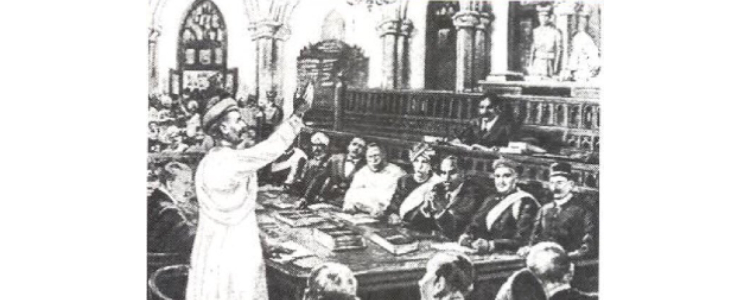
To quote, once again, from Kamra’s paper:
“As Sudipta Kaviraj puts it, political trials were intended by the government of India to be ‘dramas of deterrence’, which, of course, they were not. They emerged, instead, as empowering fictions, with press reporting educating the reading public in a newly-politicised genre of melodrama. The texts that were on trial were broadcast far and wide in newspaper accounts, spreading the very arguments for which they were under question.”
This is something governments wishing to implement the sedition law often forget. If the accused is strategic, trying someone for sedition can easily defeat its own cause. In present times we have seen this in the cases of Section 124A of the Indian Penal Code being invoked against Kanhaiya Kumar, Hardik Patel, Umar Khalid and Anirban Bhattacharya. The cases against them, while causing untold harassment, have had the effect of amplifying what the accused stood for manifold.
The effect of invoking the section pertaining to sedition is, in one word, counter-intuitive.
“The two texts published in the newspaper Kesari and the trial-as-text can be said to have initiated a decades-long moment in which both thought and feeling, intellect and affect, were developed as social and political categories of knowledge and experience that had a significant bearing on the question of political self-determination,” writes Kamra. “There is a fairly profound question that emerges from the Kesari texts and the representation of the trial in the Indian press: if colonialism produced and depended on the circulation of and acquiescence to imperial narratives of colonisation, as well as the cultivation of affective bonds that naturalised loyalty to Empire, what would a national struggle, and its aim of securing political freedom, require by way of thought and affect?”
She reveals a part of the answer later in her paper, that reveals a telling account of the media around Tilak’s trial as well as of the way Tilak uses the trial itself, and his impending imprisonment, as symbols around which to rally a national imagination. Something other freedom fighters – from Gandhi to Bhagat Singh – were to do as well, later.
Tilak was reported to have said to his friends after the assassination of Rand and Ayerst, “The Anglo-Indians have thrown off their usual dignity and have turned to the law of the jungle. I am afraid some of us must be prepared to be sacrificed on the altar of their wrath. I expect they will lock me up soon.”
“If this hearsay is to be taken at face value,” writes Kamra. “Not only did he anticipate the legal action of the Bombay government, but was actively engaged in re-imagining it as an opportunity, which is exactly what it turned out to be.”
Here is her listing of the responses, of the prominent newspapers and political figures of the time, to Tilak’s trial:
– The front page of the Bengalee sported a black border, announcing this was out of “respect and sympathy” for Tilak.
– Hindu said, “The conviction of Mr. Tilak has cast a gloom over the whole country. The news has been received everywhere with intense grief and with a sense of humiliation. It is not that law and justice have been vindicated, but that the policy of reaction which for some time the enemies of the Indian people have been urging, has triumphed.”
– Advocate (an Allahabad based paper): “The sensation created by Mr. Tilak’s conviction throughout the length and breadth of India is natural… . The State trial has made his name a household word, and we think we are not exaggerating to say that every Indian who reads newspapers, or keeps himself in any way in touch with public opinion feels strongly for him on his misfortune, while there are thousands, nay, lakhs of men, who consider him a martyr to his country.”
– Surendranath Banerjee: “For Mr. Tilak my heart is full of sympathy, my feelings go forth to him in his prison-house. A nation is in tears.”
– Gopal Krishna Gokhale: “His conviction is a great national calamity.”
– But most significantly Tilak’s own English paper, The Mahratta: “It would be doing an injustice both to Mr. Tilak and his country if we concentrate our thoughts only on his undeserved sufferings. Does not Mr. Tilak serve his country, even by his imprisonment? Will he not have shown to his country-men, that the course of constitutional emancipation, like that of love, does not run smooth, and that the course is not to be abandoned simply because there are dark pitfalls in it? If there is any moral in the conviction of Mr. Tilak, it is this. Law does oftentimes go against justice and morality.”
Kamra writes in her conclusion: “The politicised image of the jail in nationalist rhetoric quite self-consciously takes as its mobilising discourse the dishonour, violation, pain and threat posed to survival itself, and effects a rhetorical transformation of the same into sacrificial violence.”
But the most compelling evidence of what Tilak (branded by Valentine Chirol as “the father of Indian unrest”) had pioneered – the image of courtroom and prison as emblems of national unrest – is Tilak himself. When warned, nearly a decade later, that he was going to be arrested, tried and sentenced for sedition again, he said to the friendly police officer cautioning him, “The government has converted the entire nation into a prison and we are all prisoners. Going to prison only means that from a big cell one is confined to a smaller one.”
To the jury he said: “There are higher powers that rule the destiny of men and nations; and it may be the Will of Providence that the cause which I represent may prosper more by my sufferings than by my remaining free.”
Soon enough, in 1909 this commitment to suffer, bravely embracing imprisonment, was mythologized in a poem published in Punjab’s radical newspaper Jhang Sial: “We pass our days in jail for the sake of India / Just as children suffer for the sake of their mother… We have suffered the pain inflicted by the baton and have also seen ourselves in irons / We endure all this for the sake of India… Say, what it is, then, if not a place of pilgrimage / Where Tilak Maharaj passes his days? / How can that be a fearful place?”
You can read the 41-page law report of Queen Empress V. Bal Gangadhar Tilak and Keshav Mahadev Bal from the Indian Law Reports (Criminal) 1898 here:
Law report of Queen Empress V. Bal Gangadhar Tilak and Keshav Mahadev Bal
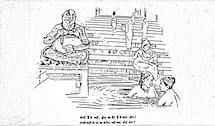
In the colonial period, the threat of the lecherous male gaze was used by the new patriarchy to restrict access to employment and public space for women, maintaining a patriarchal division of labour. Read how this process unfolded in our newest excerpt.
Saurav Kumar Rai
__

Was Lala Lajpat Rai's Hindu nationalism congruent with the principles of secularism? Explore our latest excerpt from Vanya Vaidehi Bhargav's fresh off-the-press book - Being Hindu, Being Indian: Lala Lajpat Rai's Ideas of Nation for more.
Vanya Vaidehi Bhargav
__
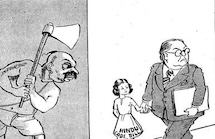
Popularly, we think that political cartoons question the powerful but what if this was not the case? What if political cartoons, replicated structures of the socially dominant? Read how in our new excerpt on political cartoons featuring Dr. Ambedkar.
Unnamati Syama Sundar
__

On Martyrs' day 2024, read the poet Sarojini Naidu's tribute to Gandhi given over All India Radio two days after his assassination.
Sarojini Naidu
__

On Republic Day, the Indian History Collective presents you, twenty-two illustrations from the first illustrated manuscript (1954) of our Constitution.
Indian History Collective
__
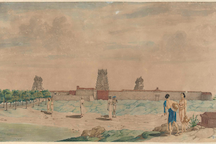
One of the key petitioners in the Ayodhya title dispute was Bhagwan Sri Ram Virajman. This petitioner was no mortal, but God Ram himself. How did Ram find his way from heaven to the Supreme Court of India to plead his case? Read further to find out.
Richard H Davis
__
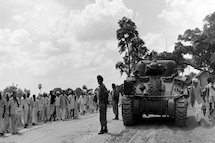
Labelled "one of the shortest, happiest wars ever seen", the integration of the princely state of Hyderabad in 1948 was anything but that. Read about the truth behind the creation of an Indian Union, the fault lines left behind, and what they signify
Afsar Mohammad
__

How did Bengal get a large Muslim population? Was it conversion by ruling elites was there something deeper at play? Read Dr. Eaton's classic essay to find out.
Richard Eaton
__
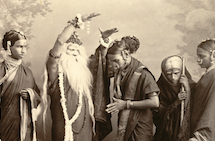
An excerpt from Shailaija Paik's new book 'Vulgarity of Caste' that documents the pivotal role Tamasha (the popular art form) has played in reinforcing and producing caste dynamics in Marathi society.
Shailaja Paik
__
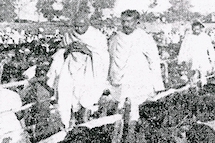
In 1942, two sub-districts in Bengal declared independence and set up a parallel government. The second part of our story brings you archival papers in the form of letters, newspaper reports, and judicial records documenting this remarkable movement.
Indian History Collective
__
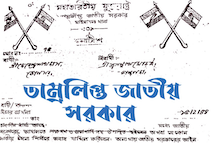
In 1942, five years before India was independent, two sub-divisions in Bengal not only declared their independence— they also instituted a parallel government. The first in a new series.
Indian History Collective
__
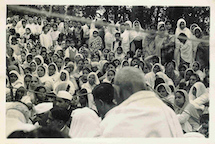
In his own words, read Mohandas Karamchand Gandhi's views on the proselytising efforts taken on by the organisations such as Arya Samaj, Tabhligi Jamaat, and the Church Missionary Society of England.
Mohandas Karamchand Gandhi
__
TIMELINE
-
2500 BC - Present 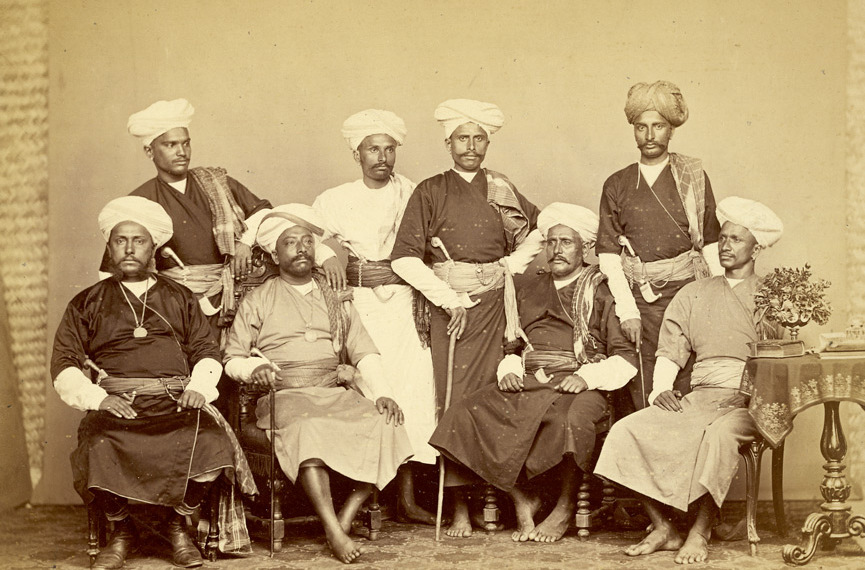
2500 BC - Present Tribal History: Looking for the Origins of the Kodavas -
2200 BC to 600 AD 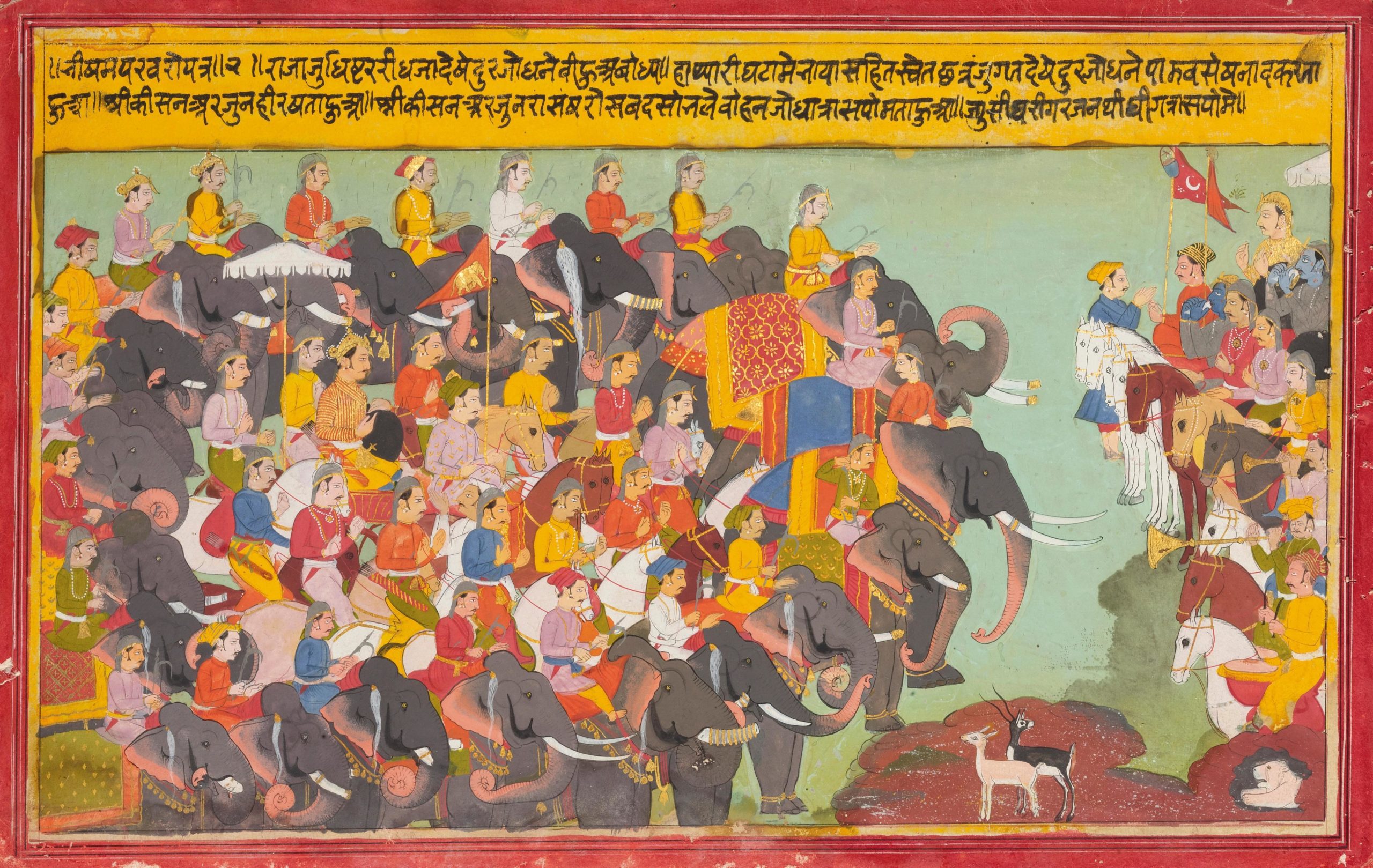
2200 BC to 600 AD War, Political Violence and Rebellion in Ancient India -
400 BC to 1001 AD 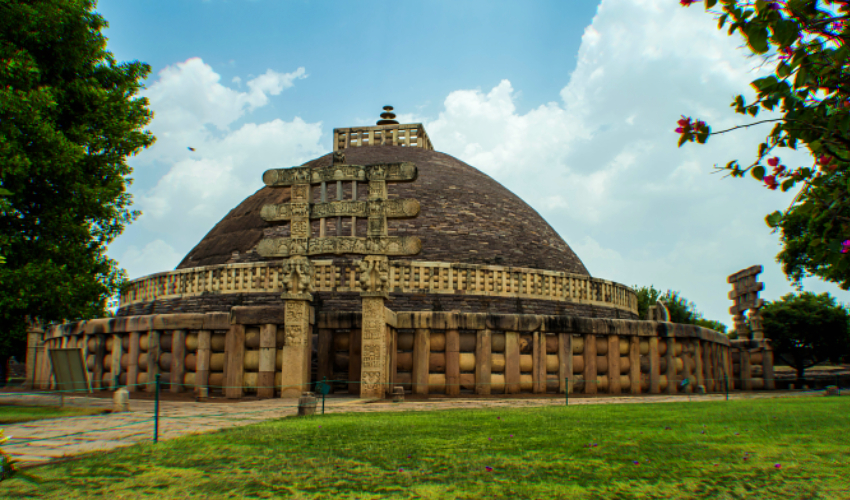
400 BC to 1001 AD The Dissent of the ‘Nastika’ in Early India -
600CE-1200CE 
600CE-1200CE The Other Side of the Vindhyas: An Alternative History of Power -
c. 700 - 1400 AD 
c. 700 - 1400 AD A Historian Recommends: Representing the ‘Other’ in Indian History -
c. 800 - 900 CE 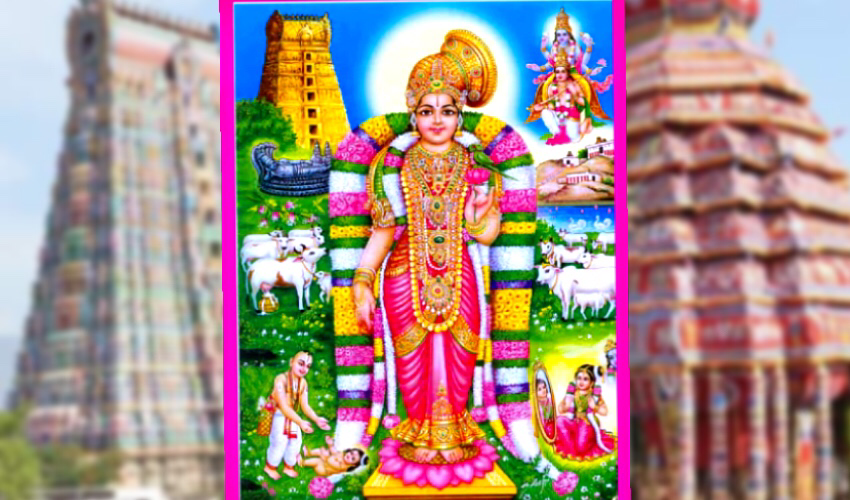
c. 800 - 900 CE ‘Drape me in his scent’: Female Sexuality and Devotion in Andal, the Goddess -
1192 
1192 Sufi Silsilahs: The Mystic Orders in India -
1200 - 1850 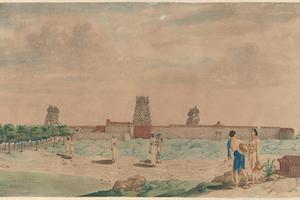
1200 - 1850 Temples, deities, and the law. -
c. 1500 - 1600 AD 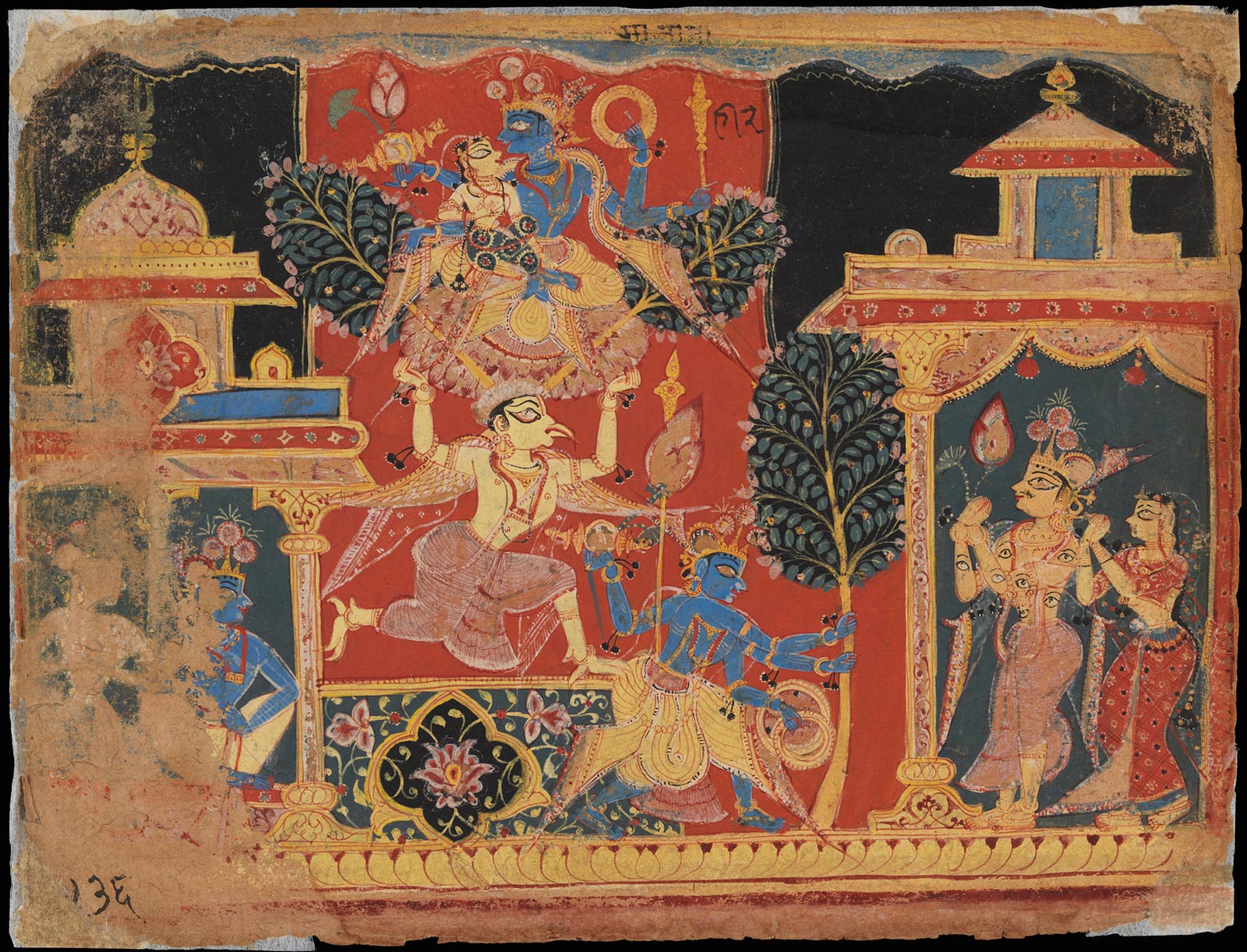
c. 1500 - 1600 AD A Historian Recommends: Religion in Mughal India -
1200-2020 
1200-2020 Policing Untouchables and Producing Tamasha in Maharashtra -
1530-1858 
1530-1858 Rajputs, Mughals and the Handguns of Hindustan -
1575 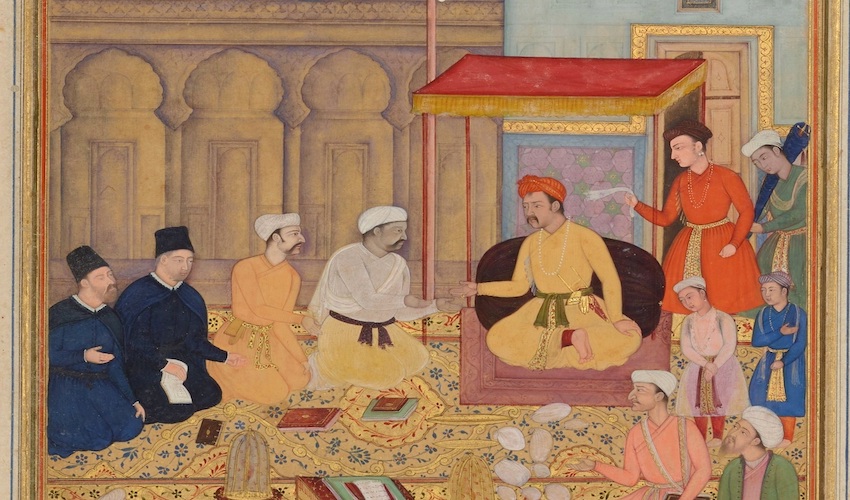
1575 Abdul Qadir Badauni & Abul Fazl: Two Mughal Intellectuals in King Akbar‘s Court -
1579 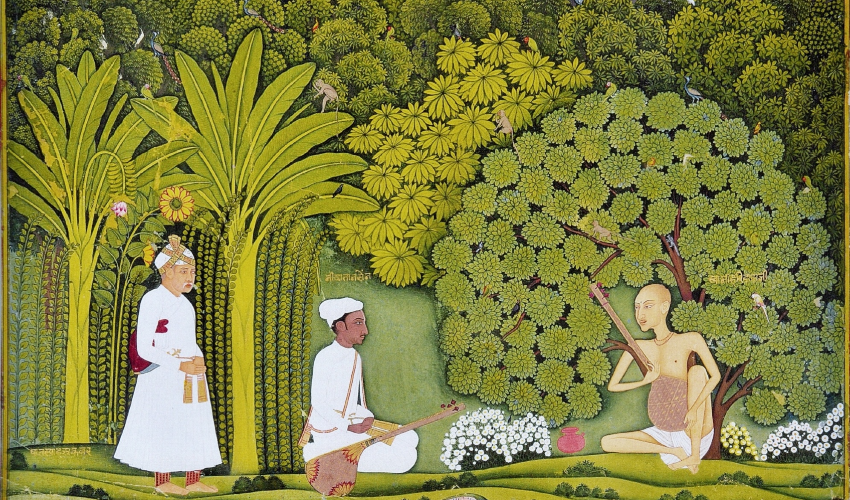
1579 Padshah-i Islam -
1550-1800 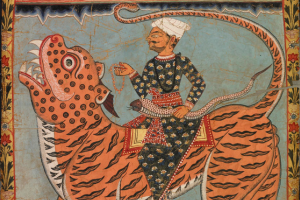
1550-1800 Who are the Bengal Muslims? : Conversion and Islamisation in Bengal -
c. 1600 CE-1900 CE 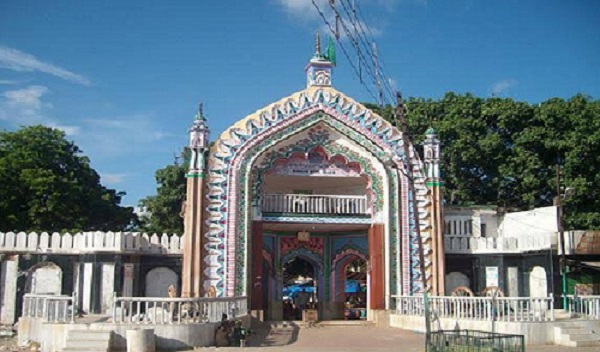
c. 1600 CE-1900 CE The Birth of a Community: UP’s Ghazi Miyan and Narratives of ‘Conquest’ -
1553 - 1900 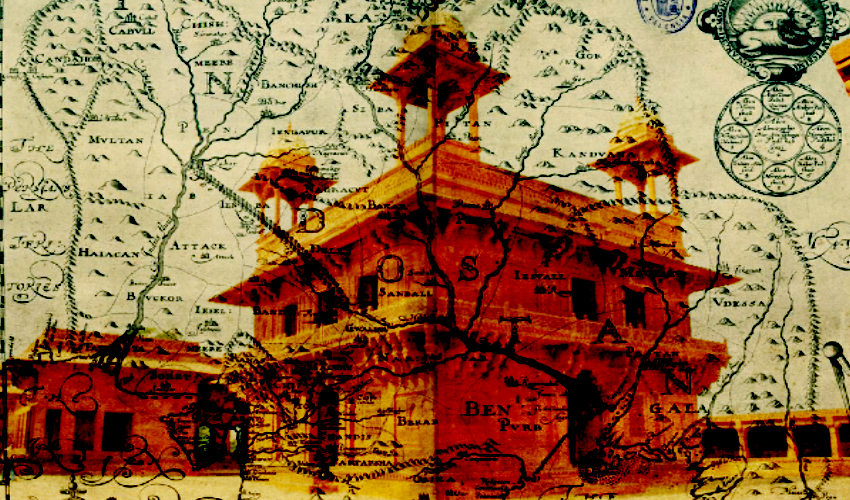
1553 - 1900 What Happened to ‘Hindustan’? -
1630-1680 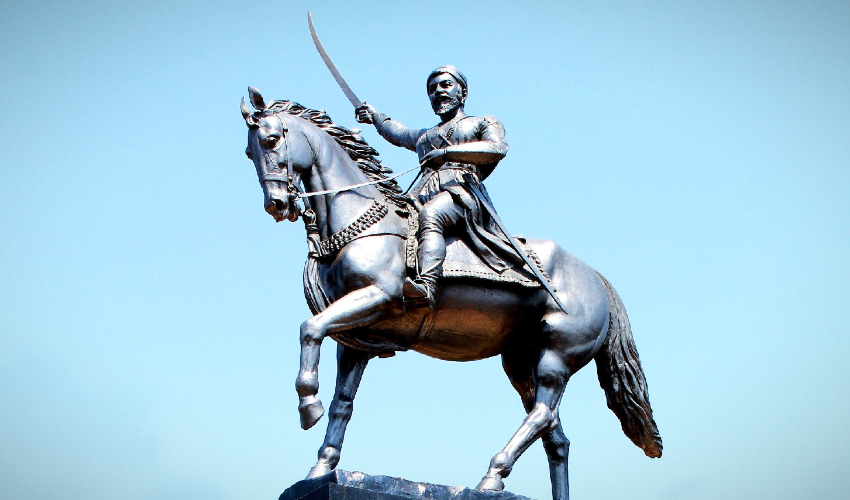
1630-1680 Shivaji: Hindutva Icon or Secular Nationalist? -
1630 -1680 
1630 -1680 Shivaji: His Legacy & His Times -
c. 1724 – 1857 A.D. 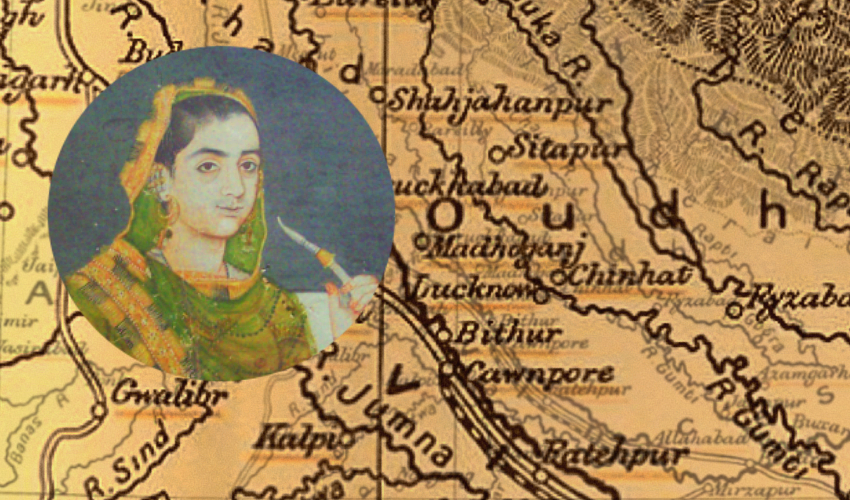
c. 1724 – 1857 A.D. Bahu Begum and the Gendered Struggle for Power -
1818 - Present 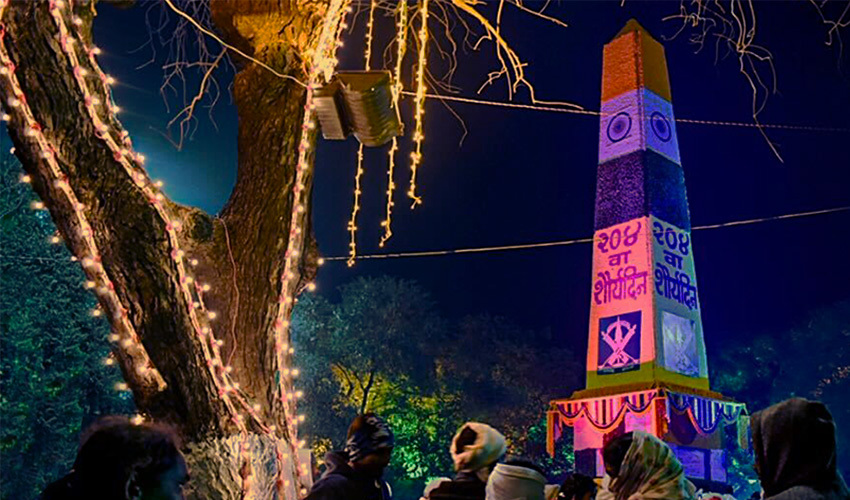
1818 - Present The Contesting Memories of Bhima-Koregaon -
1831 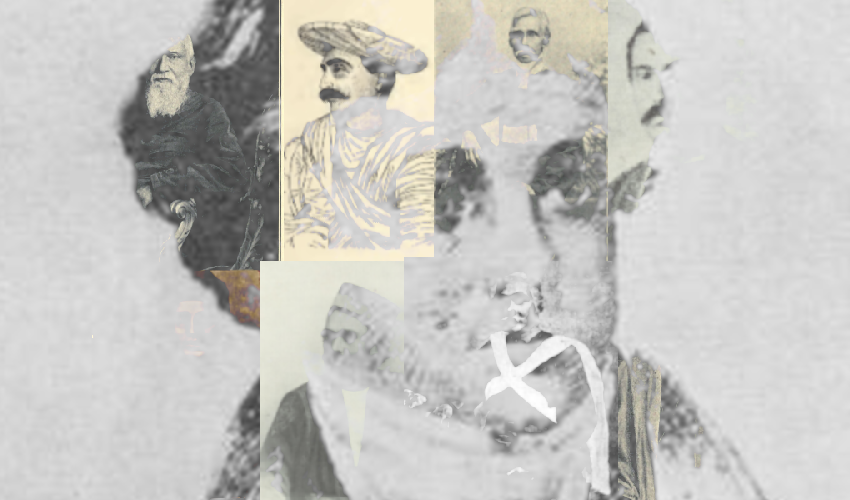
1831 The Derozians’ India -
1855 
1855 Ayodhya 1855 -
1856 
1856 “Worshipping the dead is not an auspicious thing” — Ghalib -
1857 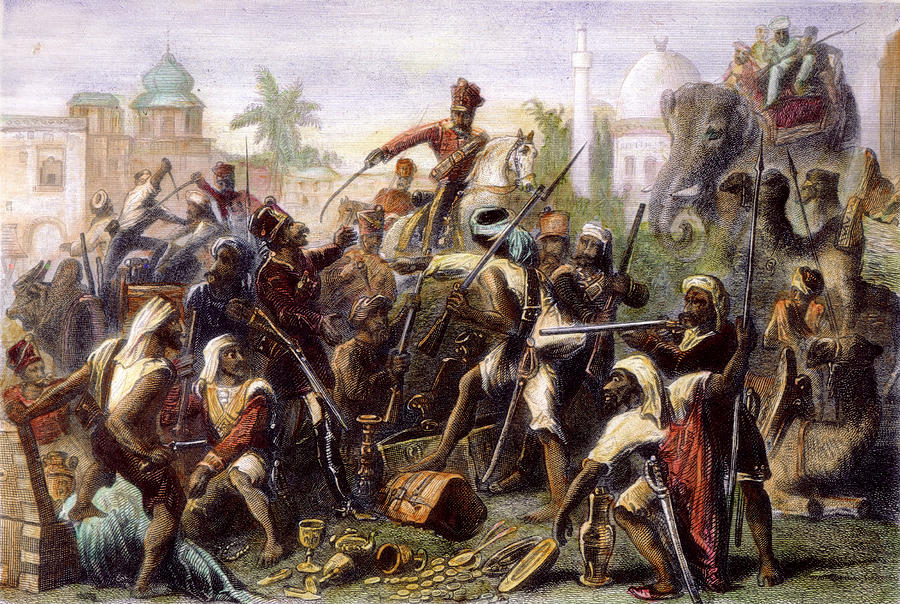
1857 A Subaltern speaks: Dalit women’s counter-history of 1857 -
1858 - 1976 
1858 - 1976 Lifestyle as Resistance: The Curious Case of the Courtesans of Lucknow -
1883 - 1894 
1883 - 1894 The Sea Voyage Question: A Nineteenth century Debate -
1887 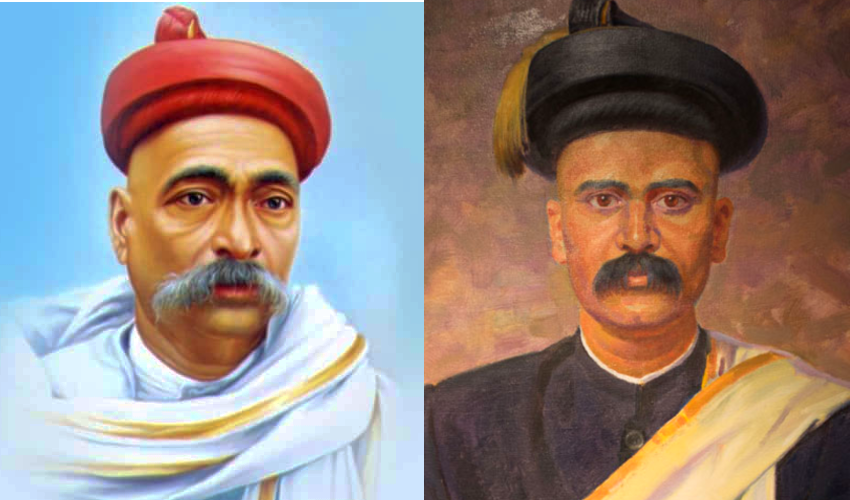
1887 The Great Debaters: Tilak Vs. Agarkar -
1893-1946 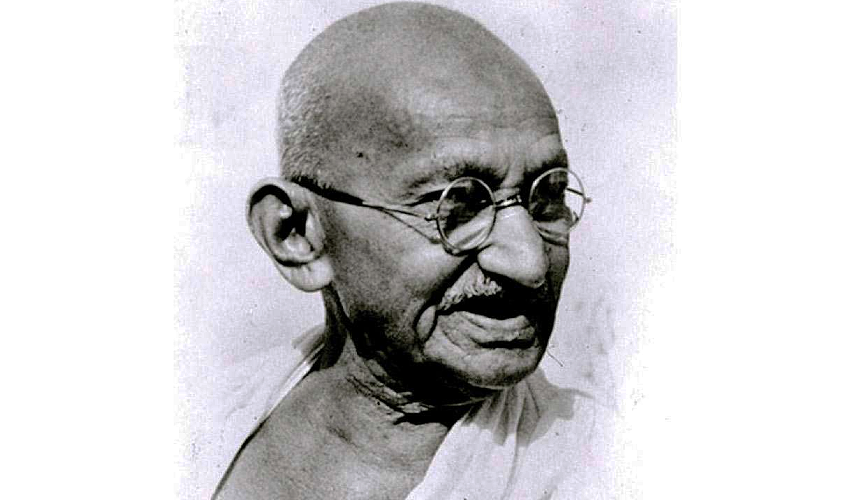
1893-1946 A Historian Recommends: Gandhi Vs. Caste -
1897 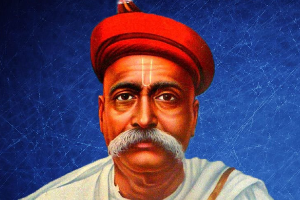
1897 Queen Empress vs. Bal Gangadhar Tilak: An Autopsy -
1913 - 1916 Modern Review 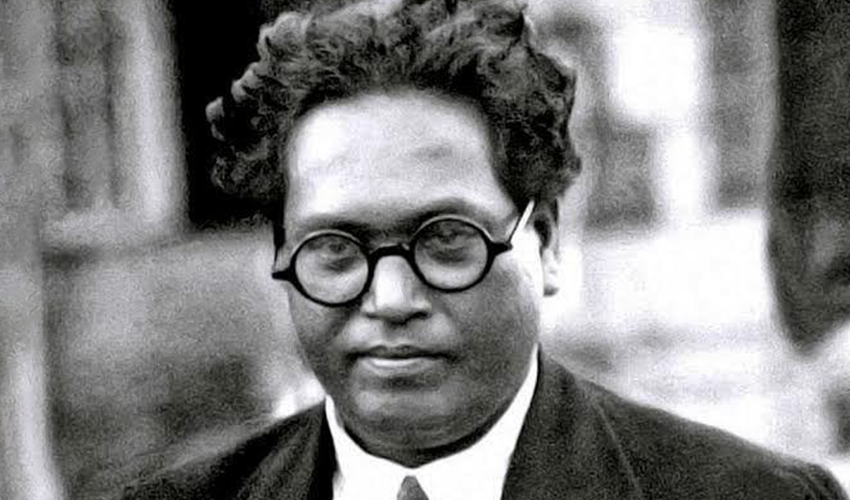
1913 - 1916 A Young Ambedkar in New York -
1916 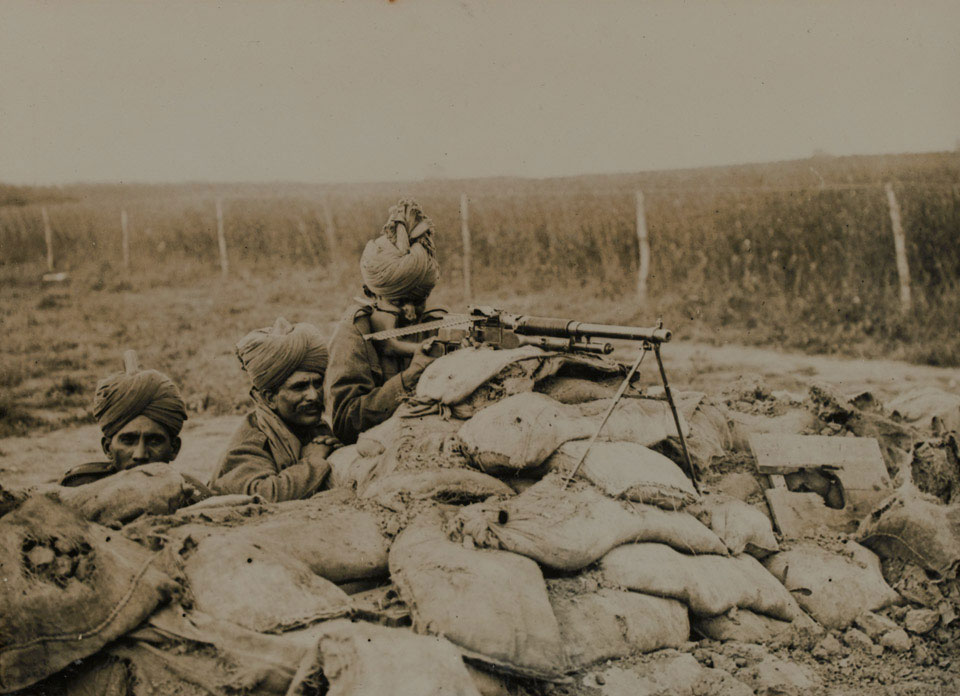
1916 A Rare Account of World War I by an Indian Soldier -
1917 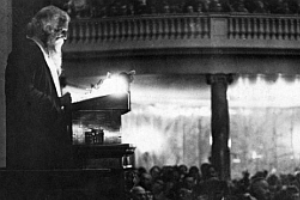
1917 On Nationalism, by Tagore -
1918 - 1919 
1918 - 1919 What Happened to the Virus That Caused the World’s Deadliest Pandemic? -
1920 - 1947 
1920 - 1947 How One Should Celebrate Diwali, According to Gandhi -
1921 
1921 Great Debates: Tagore Vs. Gandhi (1921) -
1921 - 2015 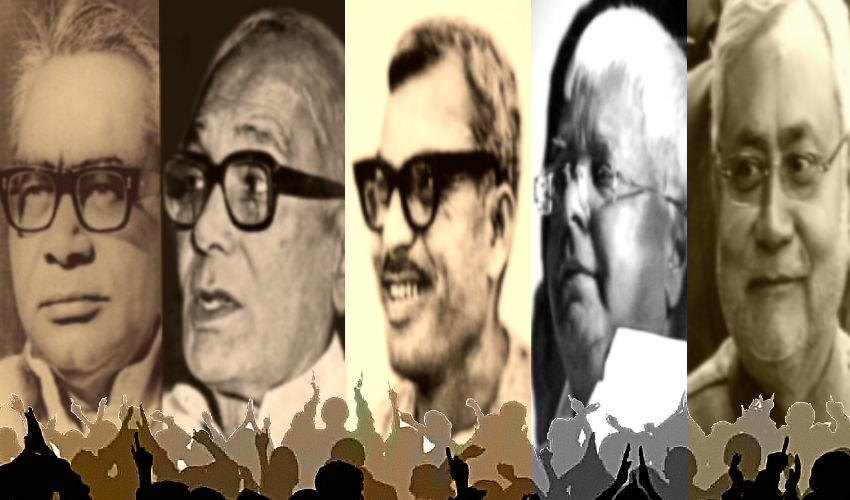
1921 - 2015 A History of Caste Politics and Elections in Bihar -
1915-1921 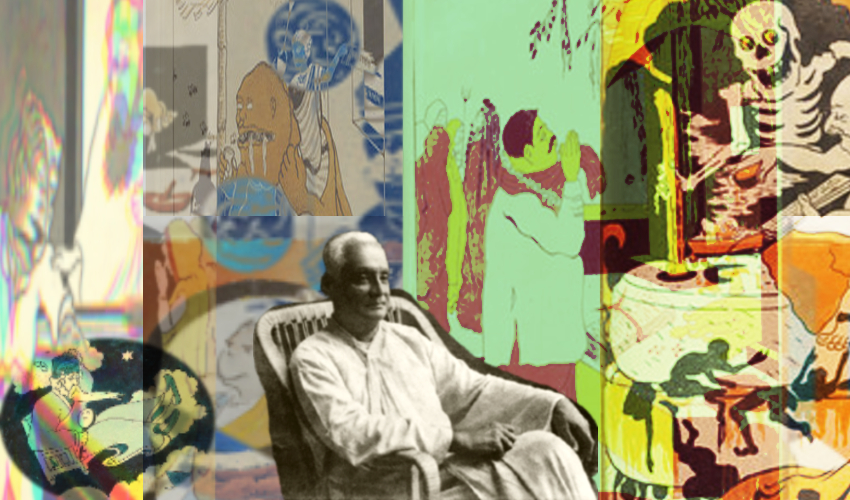
1915-1921 The Satirical Genius of Gaganendranath Tagore -
1924-1937 
1924-1937 What were Gandhi’s Views on Religious Conversion? -
1900-1950 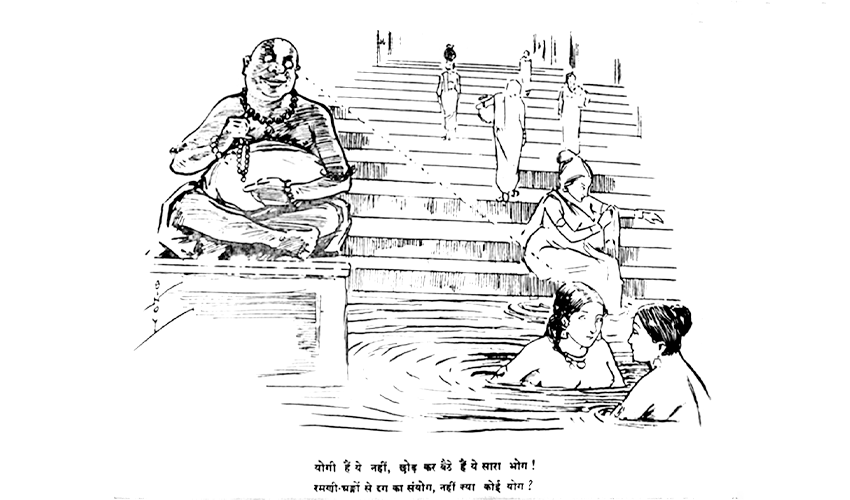
1900-1950 Gazing at the Woman’s Body: Historicising Lust and Lechery in a Patriarchal Society -
1925, 1926 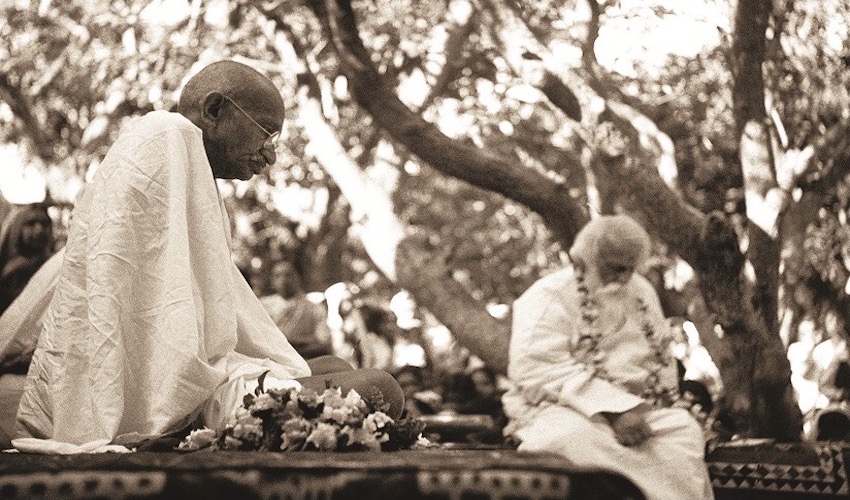
1925, 1926 Great Debates: Tagore vs Gandhi (1925-1926) -
1928 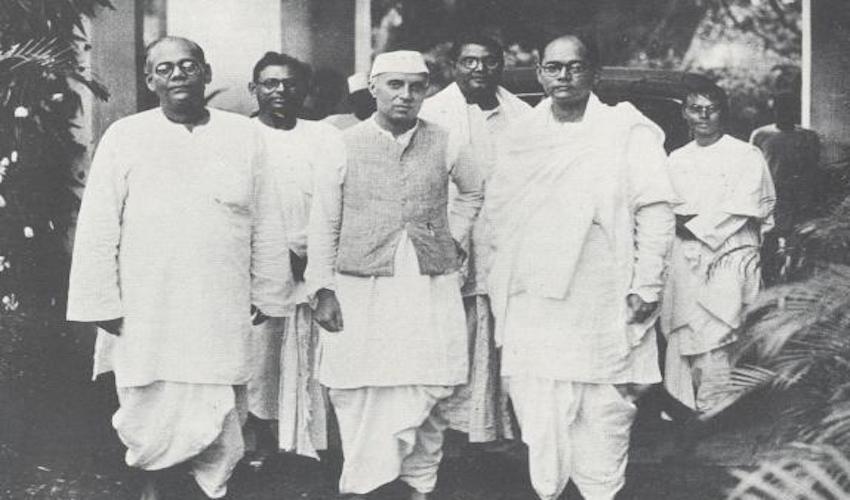
1928 Bhagat Singh’s dilemma: Nehru or Bose? -
1930 Modern Review 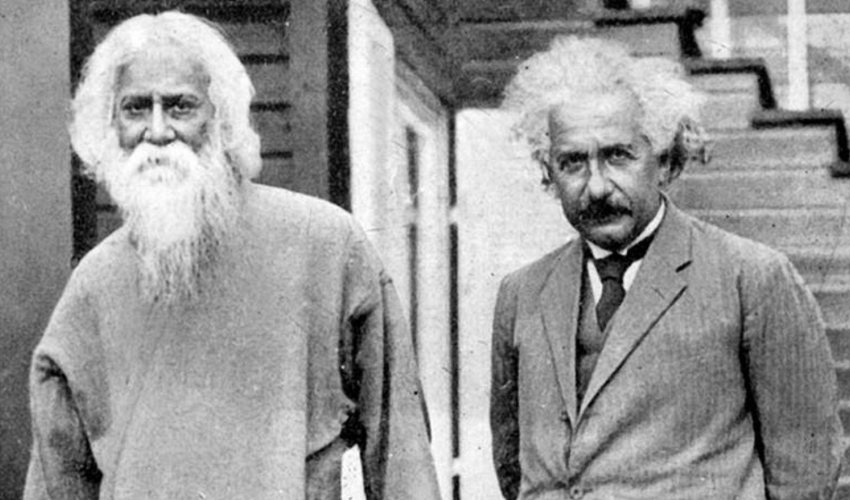
1930 The Modern Review Special: On the Nature of Reality -
1932 
1932 Caste, Gandhi and the Man Beside Gandhi -
1933 - 1991 
1933 - 1991 Raghubir Sinh: The Prince Who Would Be Historian -
1935 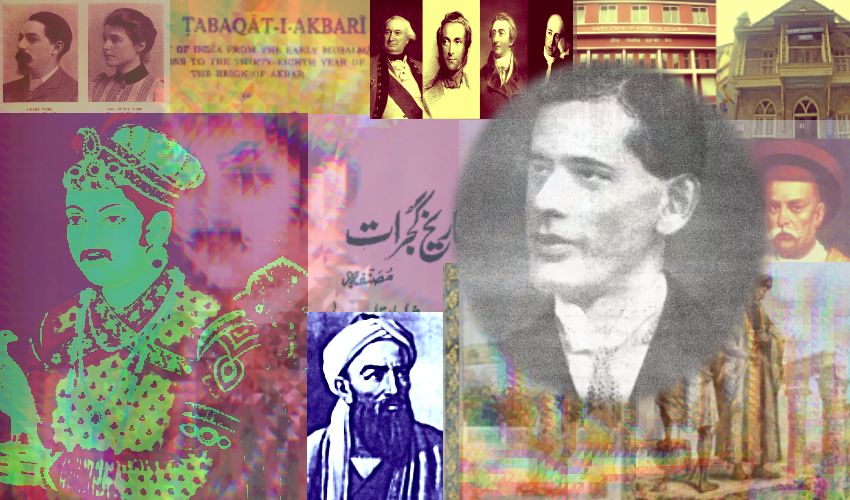
1935 A Historian Recommends: SA Khan’s Timeless Presidential Address -
1865-1928 
1865-1928 Understanding Lajpat Rai’s Hindu Politics and Secularism -
1935 Modern Review 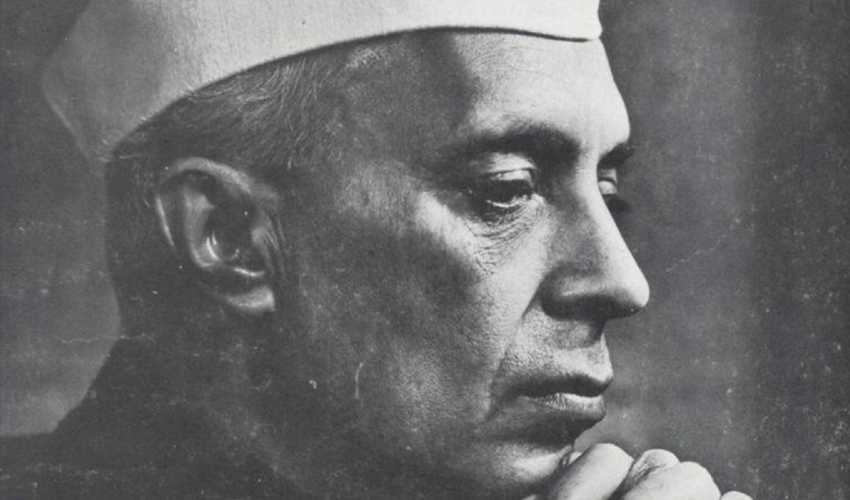
1935 The Modern Review Special: The Mind of a Judge -
1936 Modern Review 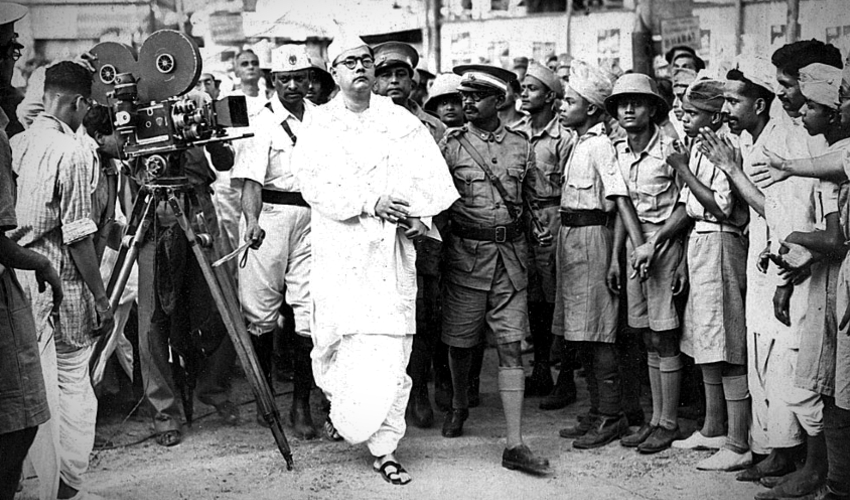
1936 The Modern Review Special: When Netaji Subhas Bose Was Wrongfully Detained for ‘Terrorism’ -
1936 
1936 Annihilation of Caste: Part 1 -
1936 Modern Review 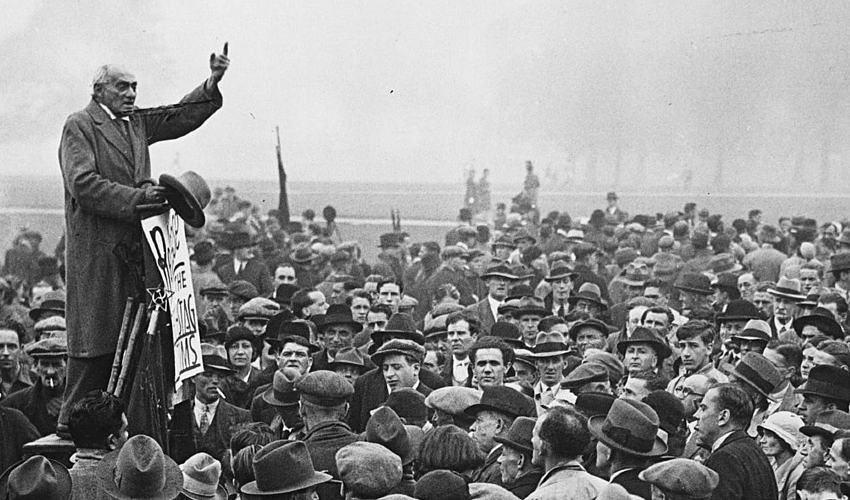
1936 The Modern Review Special: An Indian MP in the British Parliament -
1936 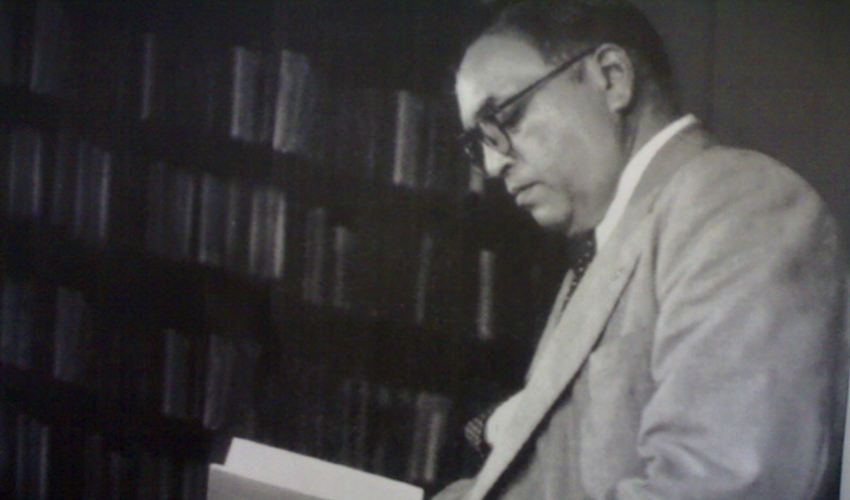
1936 Annihilation of Caste: Part 2 -
1936 
1936 A Reflection of His Age: Munshi Premchand on the True Purpose of Literature -
1936 Modern Review 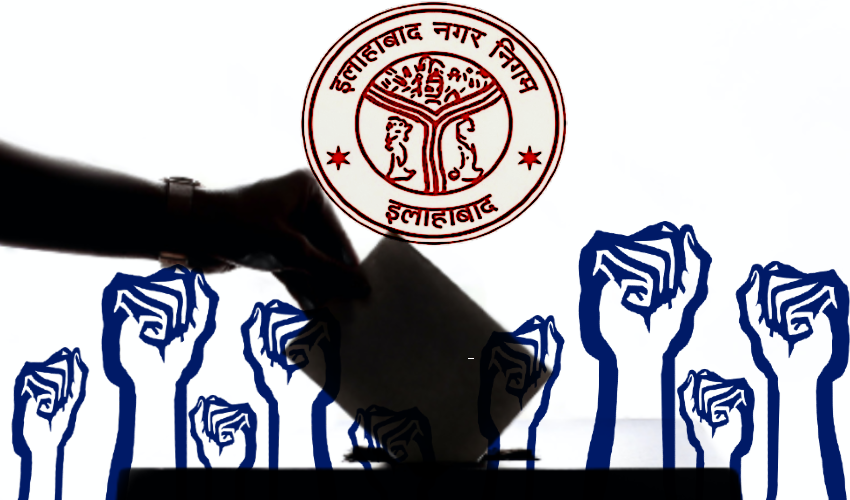
1936 The Modern Review Special: The Defeat of a Dalit Candidate in a 1936 Municipal Election -
1937 Modern Review 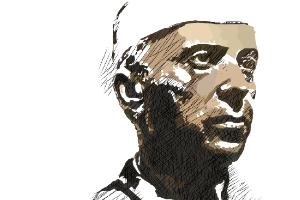
1937 The Modern Review Special: Rashtrapati -
1938 
1938 Great Debates: Nehru Vs. Jinnah (1938) -
1942 Modern Review 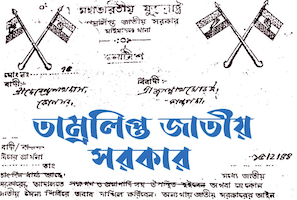
1942 IHC Uncovers: A Parallel Government In British India (Part 1) -
1942-1945 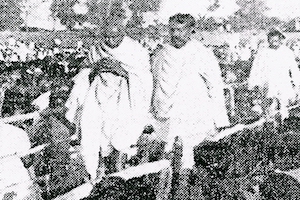
1942-1945 IHC Uncovers: A Parallel Government in British India (Part 2) -
1946 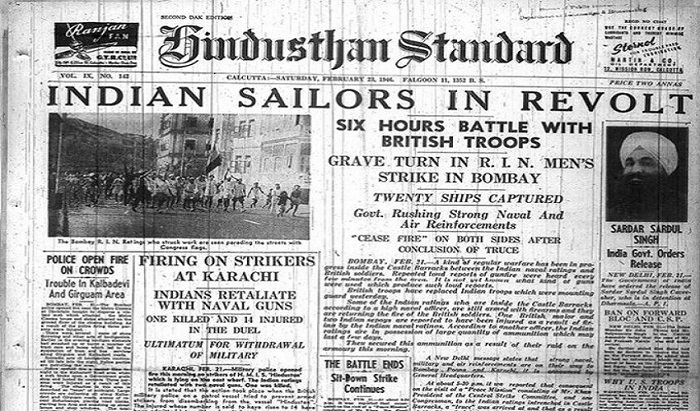
1946 Our Last War of Independence: The Royal Indian Navy Mutiny of 1946 -
1946 
1946 An Artist’s Account of the Tebhaga Movement in Pictures And Prose -
1946 – 1947 
1946 – 1947 “The Most Democratic People on Earth” : An Adivasi Voice in the Constituent Assembly -
1946-1947 
1946-1947 VP Menon and the Birth of Independent India -
1916 - 1947 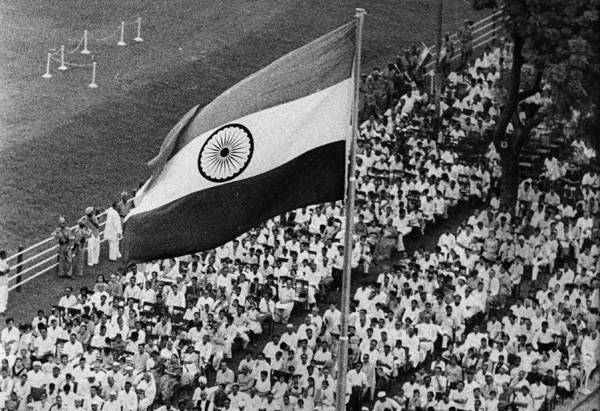
1916 - 1947 8 @ 75: 8 Speeches Independent Indians Must Read -
1947-1951 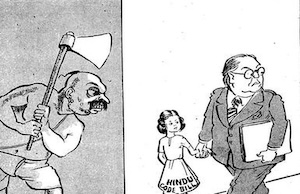
1947-1951 Ambedkar Cartoons: The Joke’s On Us -
1948 
1948 “My Father, Do Not Rest” -
1940-1960 
1940-1960 Integration Myth: A Silenced History of Hyderabad -
1948 
1948 The Assassination of a Mahatma, the Princely States and the ‘Hindu’ Nation -
1949 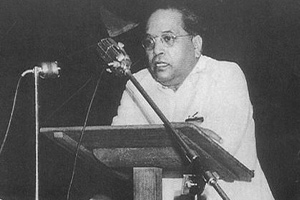
1949 Ambedkar warns against India becoming a ‘Democracy in Form, Dictatorship in Fact’ -
1950 
1950 Illustrations from the constitution -
1951 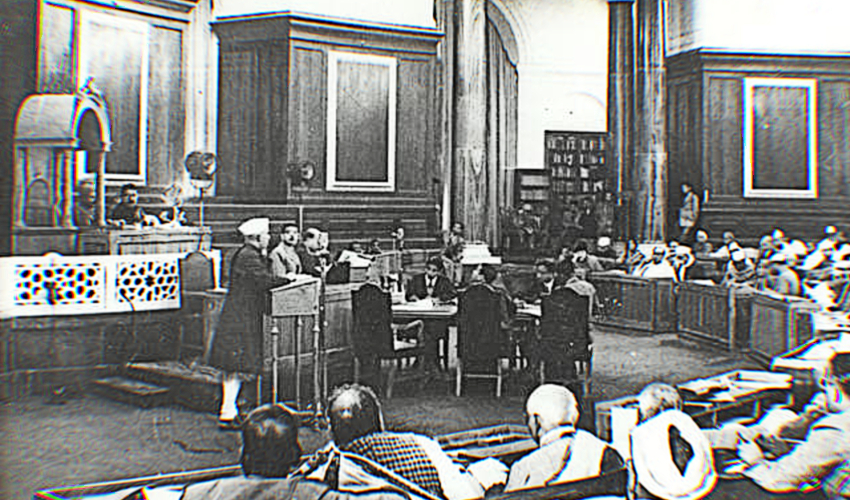
1951 How the First Amendment to the Indian Constitution Circumscribed Our Freedoms & How it was Passed -
1967 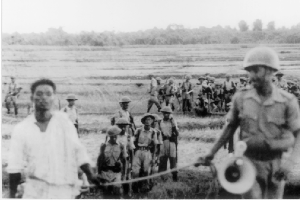
1967 Once Upon A Time In Naxalbari -
1970 
1970 R.C. Majumdar on Shortcomings in Indian Historiography -
1973 - 1993 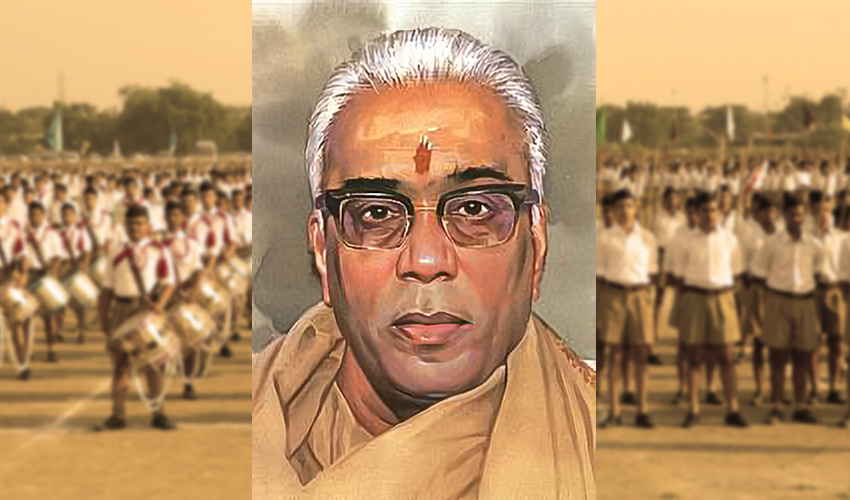
1973 - 1993 Balasaheb Deoras: Kingmaker of the Sangh -
1975 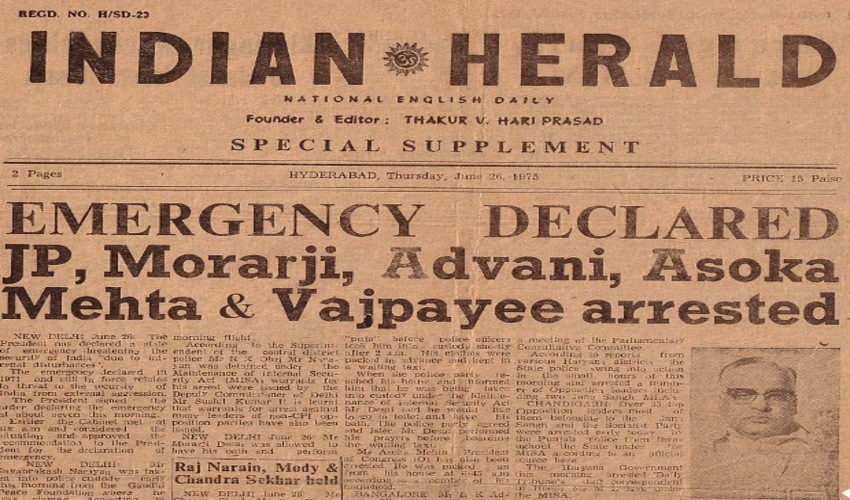
1975 The Emergency Package: Shadow Power -
1975 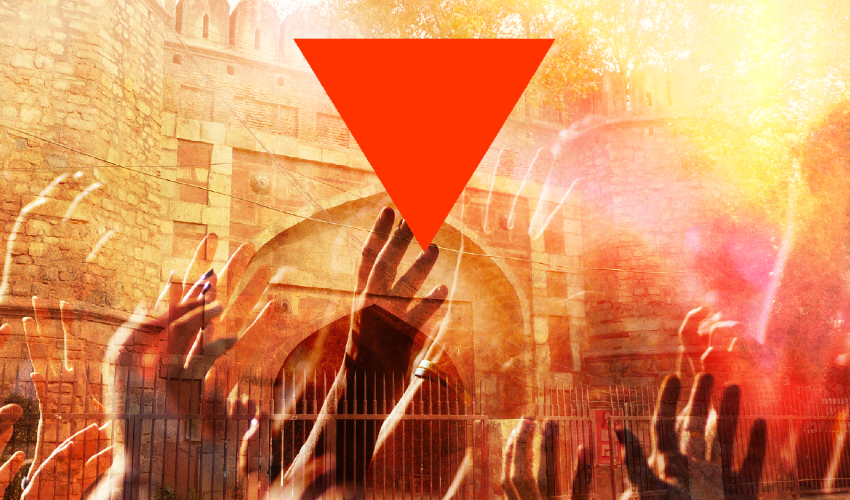
1975 The Emergency Package: The Prehistory of Turkman Gate – Population Control -
1977 – 2011 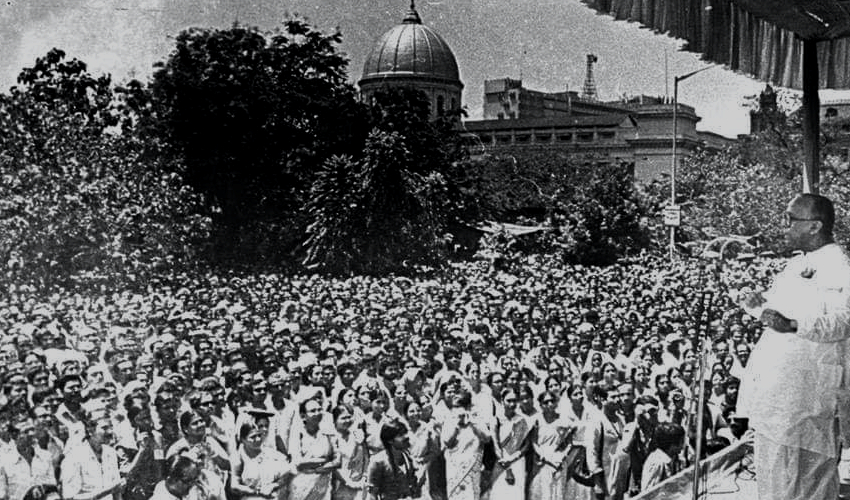
1977 – 2011 Power is an Unforgiving Mistress: Lessons from the Decline of the Left in Bengal -
1984 
1984 Mrs Gandhi’s Final Folly: Operation Blue Star -
1916-2004 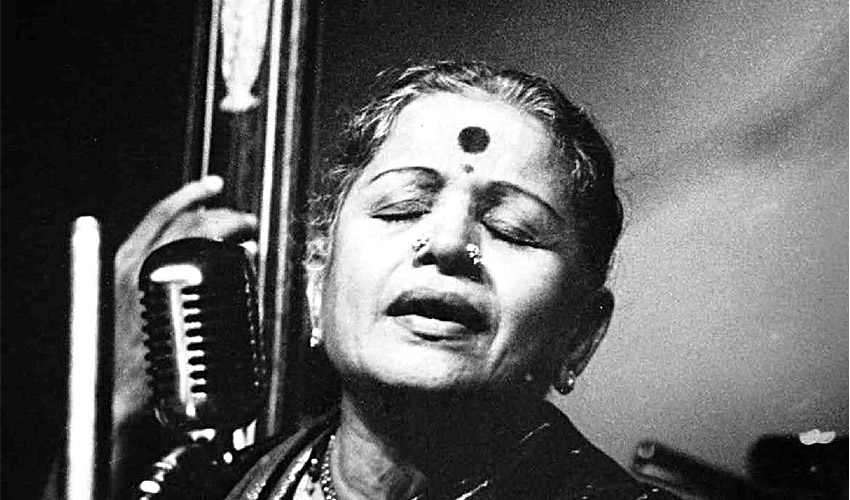
1916-2004 Amjad Ali Khan on M.S. Subbulakshmi: “A Glorious Chapter for Indian Classical Music” -
2008 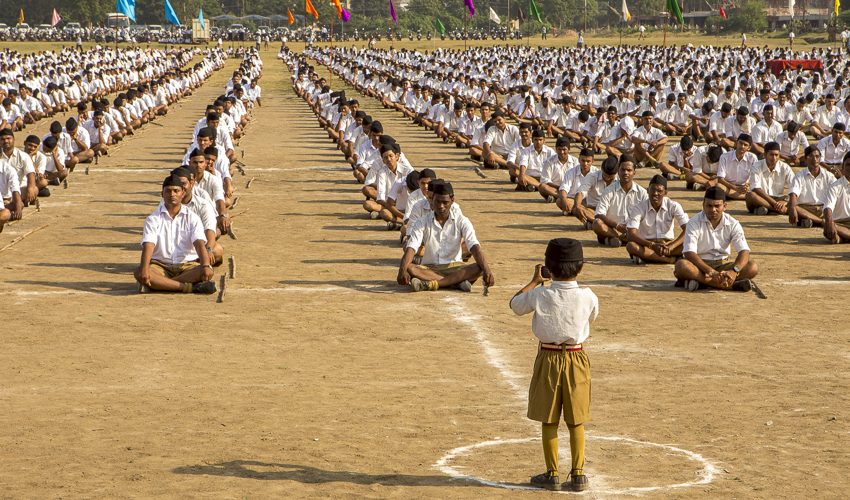
2008 Whose History Textbook Is It Anyway? -
2006 - 2009 
2006 - 2009 Singur-Nandigram-Lalgarh: Movements that Remade Mamata Banerjee -
2020 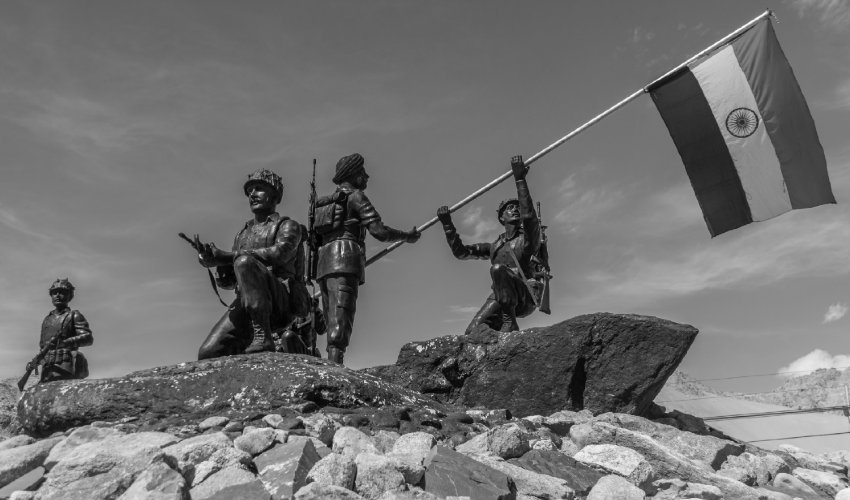
2020 The Indo-China Conflict: 10 Books We Need To Read -
2021 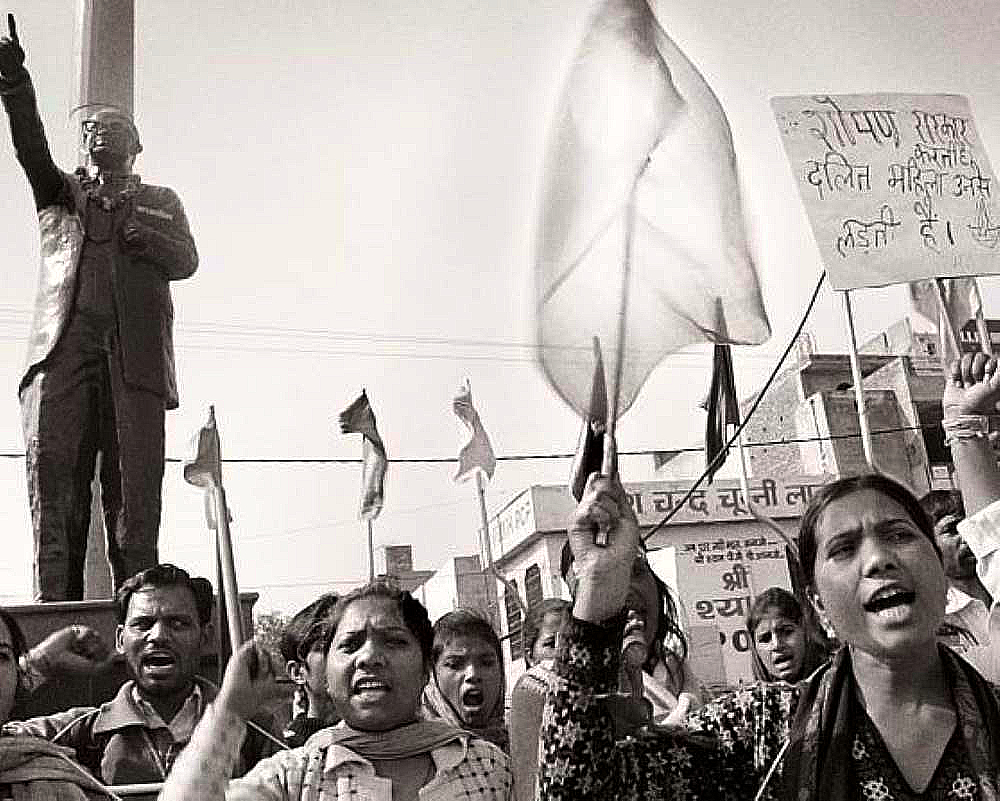
2021 Singing/Writing Liberation: Dalit Women’s Narratives
